Welcome to Hakone, a charming destination in Japan that combines culture, history, and breathtaking views of Mount Fuji. Hakone is filled with exciting things to do, making it a favourite getaway spot just a short trip away from Tokyo. Getting to Hakone is also easy and convenient from Tokyo, with sound and regular public transport.
In this guide, I will introduce you to the must-visit attractions, such as Lake Ashinoko and Owakudani Valley. I will tell you where and how to try the famous black eggs, Kuro Tamago, boiled in the hot springs of Owakudani, which, according to legend, are said to add seven years to your life.
As you cruise on a pirate ship on Lake Ashinoko, you’ll be mesmerised by the grandeur of Mount Fuji. You’ll soak in mineral rich onsen and enjoy traditional Japanese cuisine and hospitality. You’ll stroll through Hakone’s picturesque landscapes, and cross the Owakudani volcanic valley on a ropeway, which is renowned for its active sulphur vents.
Prepare to be enchanted by Hakone, as we dive deeper into the wonderful experiences that await you in this picture-perfect Japanese town.
Table of Contents
- Things to do in Hakone
- Marvel at Hakone Shrine
- Visit Hakone Open Air Museum
- Experience the Hakone onsens
- Day Onsen Hakone Yuryo
- Day Onsen Yunessun Spa Resort
- Cruise on Lake Ashinoko
- Take the Hakone Ropeway
- Explore Owakudani Valley
- Explore Museums in Hakone
- The Pola Museum of Art
- Okada Museum of Art
- Hakone Art Museum
- Hakone Venetian Glass Museum
- Narukawa Art Museum
- Dicover Onshi Hakone Park
- Visit the Hakone Botanical Garden of Wetlands
- Walk in Hakone Gora Park
- Go hiking in Hakone
- Stay in a Ryokan in Hakone
- Ride the Hakone Tozan Railway
- How to get to Hakone from Tokyo
- Most popular way
- Most affordable way
- Fastest Way
- How to get to Hakone from Kyoto
- Where to stay in Hakone
- Tips for first time visitors
- Useful resources for first timers
- Frequently Asked Questions
Things to do in Hakone
Hakone is a beautiful place that attracts travellers because of its natural beauty and hot springs. Whether you’re visiting for the first time or you’re familiar with Japan, Hakone is easy and convenient as it’s just 100 km outside of Tokyo.
You can see the amazing Mount Fuji, relax in traditional hot springs, and explore outdoor art museums. To make your visit even better, consider getting the Hakone Pass. This pass gives you unlimited access to the best things Hakone has to offer and makes exploring the area easy.
The Hakone Pass, also known as the Hakone Free Pass, is your ticket to hassle-free exploration and endless adventures in the region. The Pass offers unlimited rides on 8 transportation systems including the Hakone Tozan Line, Hakone Ropeway, and more. You will get access to the Hakone Sightseeing Cruise pirate ship for your scenic ride on Lake Ashi. The pass also offers you discounts to 70+ attractions and establishments across Hakone.
Get your Hakone Pass to make it easy to traverse the diverse landscapes of Hakone, but to also benefit from discounts at select attractions, ensuring you experience the best of Hakone while keeping the cost of visiting Japan down.
Marvel at Hakone Shrine
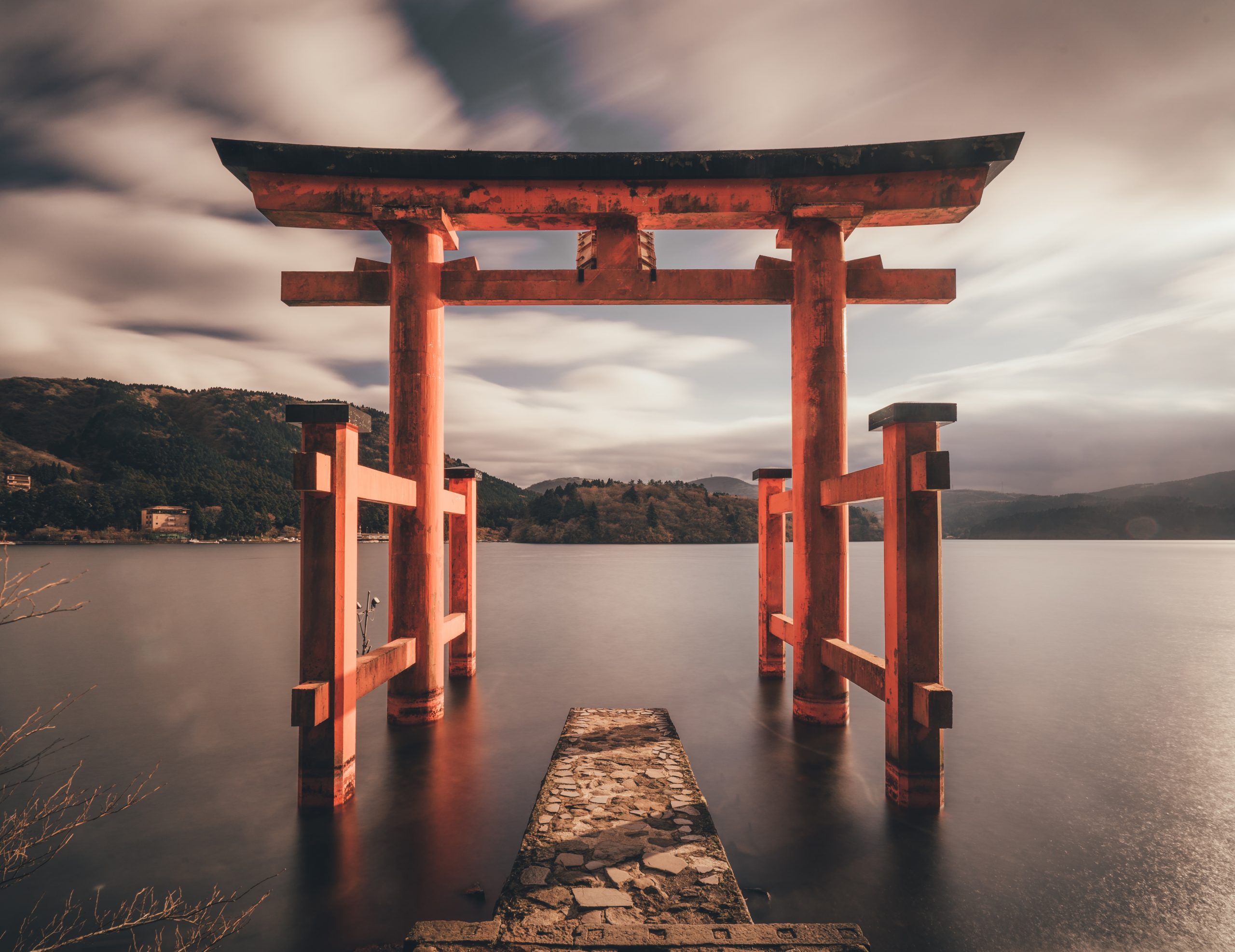
Hakone Shrine is a historic and revered Shinto Shrine that is beautifully nestled in a dense forest along the shores of Lake Ashinoko. It’s one of the top attractions in Hakone and its mystical atmosphere that has attracted visitors for centuries.
Hakone Shrine was established in 757 AD under Emperor Kosho, and dedicated to three deities: Ninigi-no-Mikoto, Konohanasakuya-hime, and Hoori-no-Mikoto, collectively known as the Hakone Gongen.
The shrine’s most iconic feature is its large, red torii gate, which stands in the waters of Lake Ashi. This striking gate symbolizes the entrance to a sacred space. As you approach the shrine, you’ll pass through a path lined with ancient cedar trees and beautiful lanterns.
The best time to visit Hakone Shrine is early in the morning or late in the afternoon to avoid the crowds and fully appreciate the peaceful atmosphere. The shrine is accessible year-round and offers a unique experience during each season, from cherry blossoms in spring to vibrant autumn foliage.
- 🚄 How to get there: Hakone Shrine is a 5-10 minute walk from the Moto-Hakone boat pier. To get to the pier, take a 35-minute bus ride on the Hakone Tozan Bus from Hakone-Yumoto Station using bus line H. The bus ride is covered by the Hakone Free Pass.
- ⏱ Hours: Always Open
- 💴 Admission: Free
Visit Hakone Open Air Museum
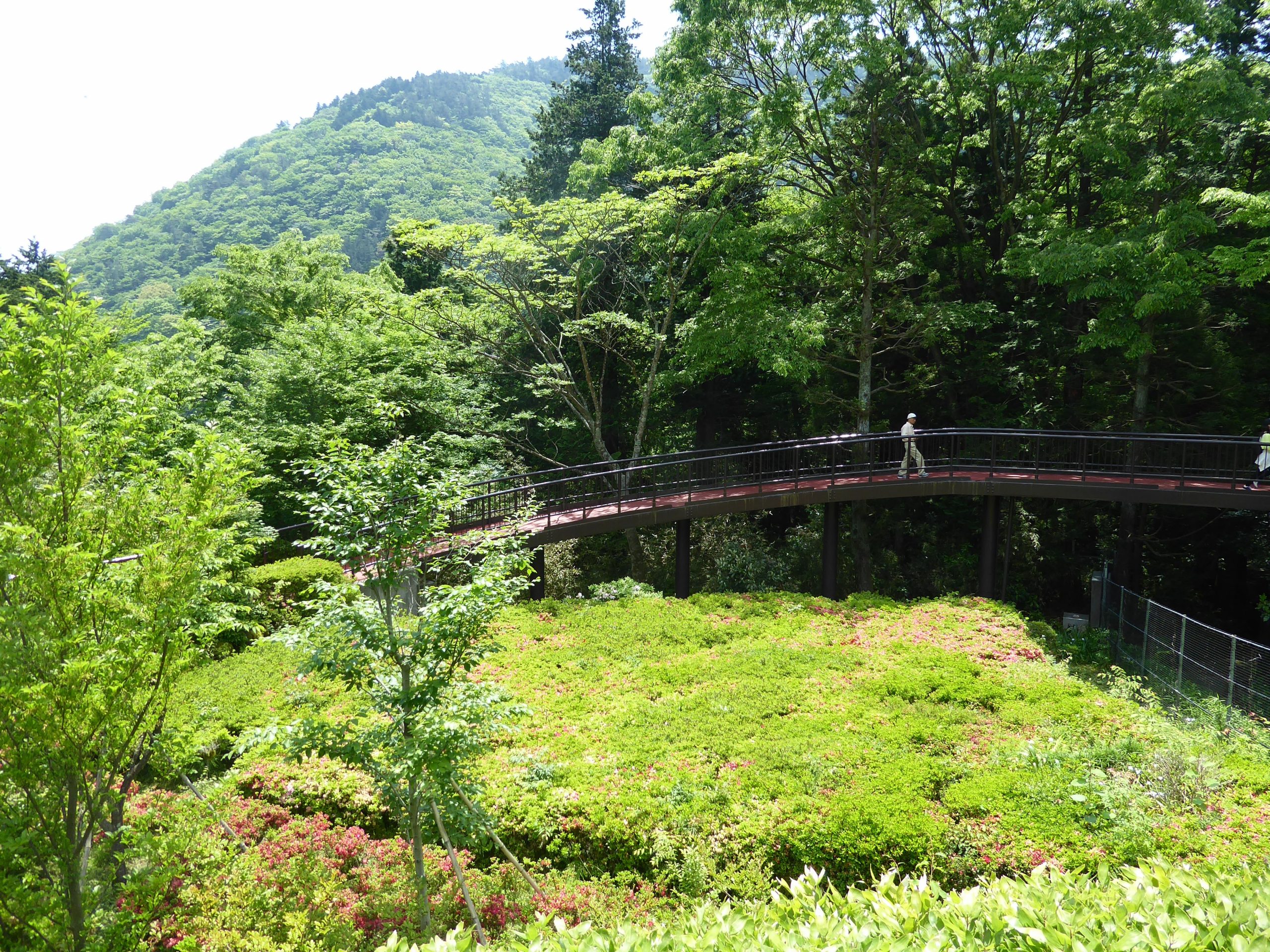
Visit the Hakone Open Air Museum, which is not only set within an area of incredible natural beauty, but features over 1,000 sculptures and works of art worth seeing. There are over 120 outdoor sculptures which can be seen as you wander around the park, as well as five indoor exhibitions, with the Picasso-themed hall being famous.
Don’t miss my favourite sculpture called The Kiss by the famous Romanian sculptor Constantin Brancusi. It was created in 1908, and it’s part of the permanent exhibition at the Open Air Museum.
There are interactive displays for families with kids to keep entertained, too. Once you’re feeling a little tired, rest your feet in the on-site hot spring foot baths, which are a real luxury. The Hakone Open Air Museum is the first museum of its kind in Japan.
- 🚄 How to get there: The Hakone Open Air Museum is very close to Chokoku No Mori Station on the Hakone Tozan Railway (covered by your Hakone Free Pass). From Gora, the museum is just a short 10-15 minute walk.
- ⏱ Hours: 9:00 to 17:00 (entry until 16:30)
- 💴 Admission: 1600 yen or 1400 yen with the Hakone Free Pass
Experience the Hakone onsens
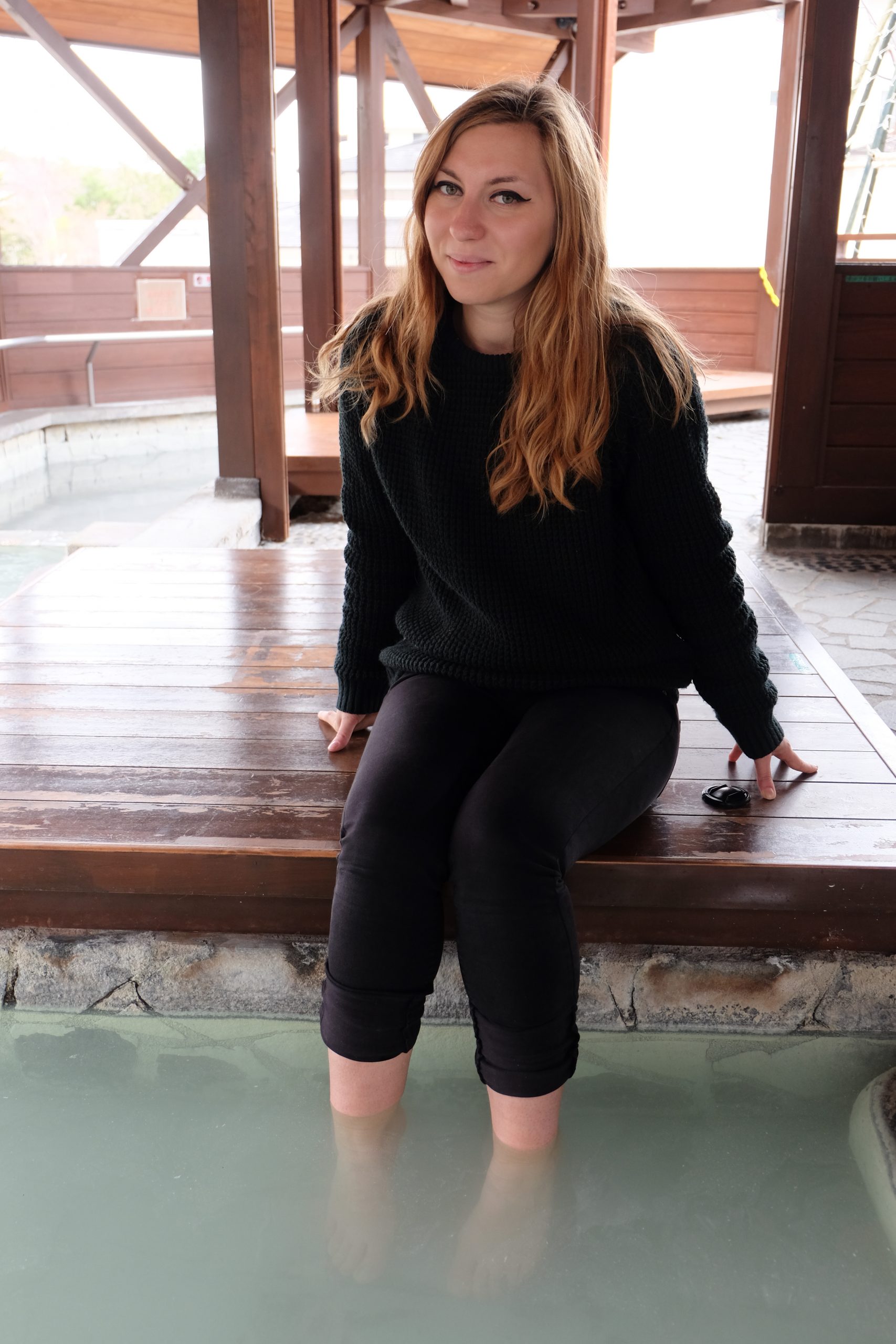
Immersing yourself in a traditional Japanese onsen is undoubtedly one of the top things to do when visiting Hakone. These natural hot springs are a key attraction for travellers exploring Japan, drawing people from all corners of the world to unwind and relax in their soothing waters.
Hakone is often referred to as an “onsen theme park” because it has such an abundance of hot springs, ranging from small, intimate baths to large, resort-style facilities. And if you ever dreamt of staying in a ryokan with your own private onsen, this is the place for it!
Hakone waters are said to have healing powers, as they are rich in minerals and fed by geothermal heat. According to locals, Hakone onsen have rejuvenating properties, leaving your skin feeling soft and revitalized.
It’s essential to be aware of the etiquette and rules associated with onsens when planning your visit. Typically, onsens are separated by gender, and visitors are expected to bathe nude. Please don’t worry, nobody really stares or makes you feel uncomfortable. Just remember to wash well before entering the onsen and that towels and swimwear should not touch the hot springs.
It’s also important to note that some public onsen don’t allow people with tattoos to use the establishments. This practice is rooted in cultural traditions where tattoos were associated with criminal activities. The reasoning behind this is to ensure a comfortable and respectful environment for all guests.
♨️ In Hakone for one day only? There are a couple of onsen you can book for a few hours:
Day Onsen Hakone Yuryo
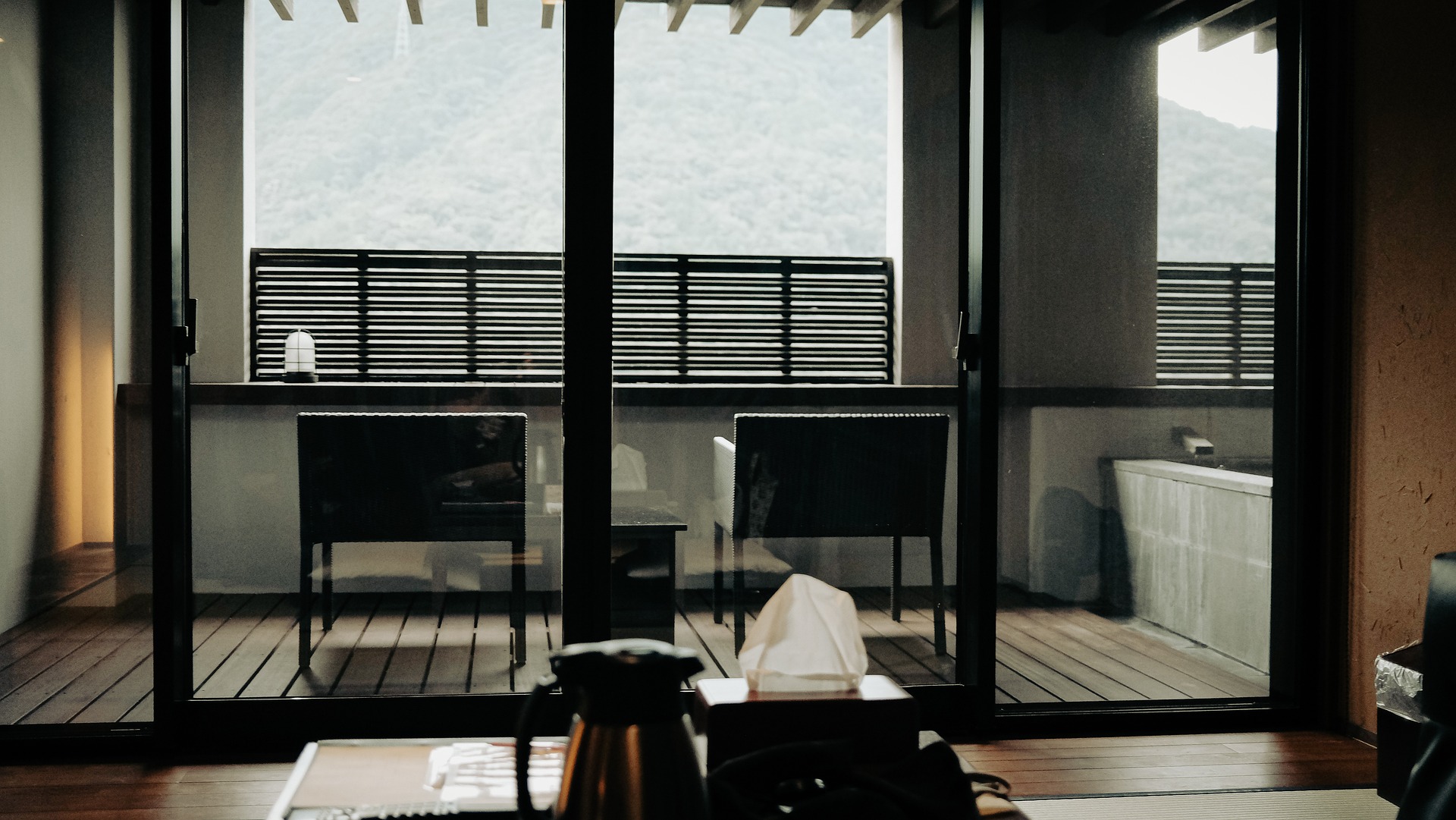
If you are after a relaxing and rejuvenating experience, Hakone Yuryo is the place to be. Hakone Yuryo is a day spa, ideal if you wish to experience an onsen on a day trip to Hakone.
This traditional Japanese onsen resort offers both indoor and outdoor hot spring baths. If you’re not comfortable sharing an onsen with strangers, you can book a private room for an extra fee. Reservations can be made up to one month in advance on their official site. You can even get a meal delivered to your private onsen, so you have the utmost privacy throughout the day.
For the perfect spa day, I recommend taking advantage of the rooms with treatments like foot massages or full-body massages.
Please note that Hakone Yuryo does not rent towels but you can purchase them for an extra fee (Bath towel: 450 yen, face towel: 250 yen). You can rent a yukata for 300 yen.
- 🛁 Public bath: 1,600 yen weekdays; 1900 weekends and public holidays
- ♨️ Private room open-air bath: From 9,400 yen for two adults (120 min)
Day Onsen Yunessun Spa Resort
Have you ever wanted to bathe in wine or coffee? Well, in Hakone you can do it at the Yunessun Spa Resort. This hot spring theme park features a variety of themed pools and baths, including a wine bath, coffee bath, and a water slide. And yes, the idea for it was to be somewhere inbetween a s Japanese onsen and a waterpark. The resort has 23 unique hot spring baths, including traditional Japanese onsen.
What makes this particular resort most attractive to tourists is that you can bathe while using a swimming suit. It’s ideal for couples and families, as traditionally, onsen are separated by gender and young kids are not allowed in hot springs.
If you are after a more traditional experience, the Mori no Yu area is a no clothes area, much like any traditional onsen.
My favourites areas to try were the Japanese sake pool and the Finnish sauna. If you’re travelling with kids, don’t miss the Splish-Splash pool.
💴 Admission fee: 3500 yen for all areas (Buy your tickets to the Yunessun Spa Park in advance)
Cruise on Lake Ashinoko
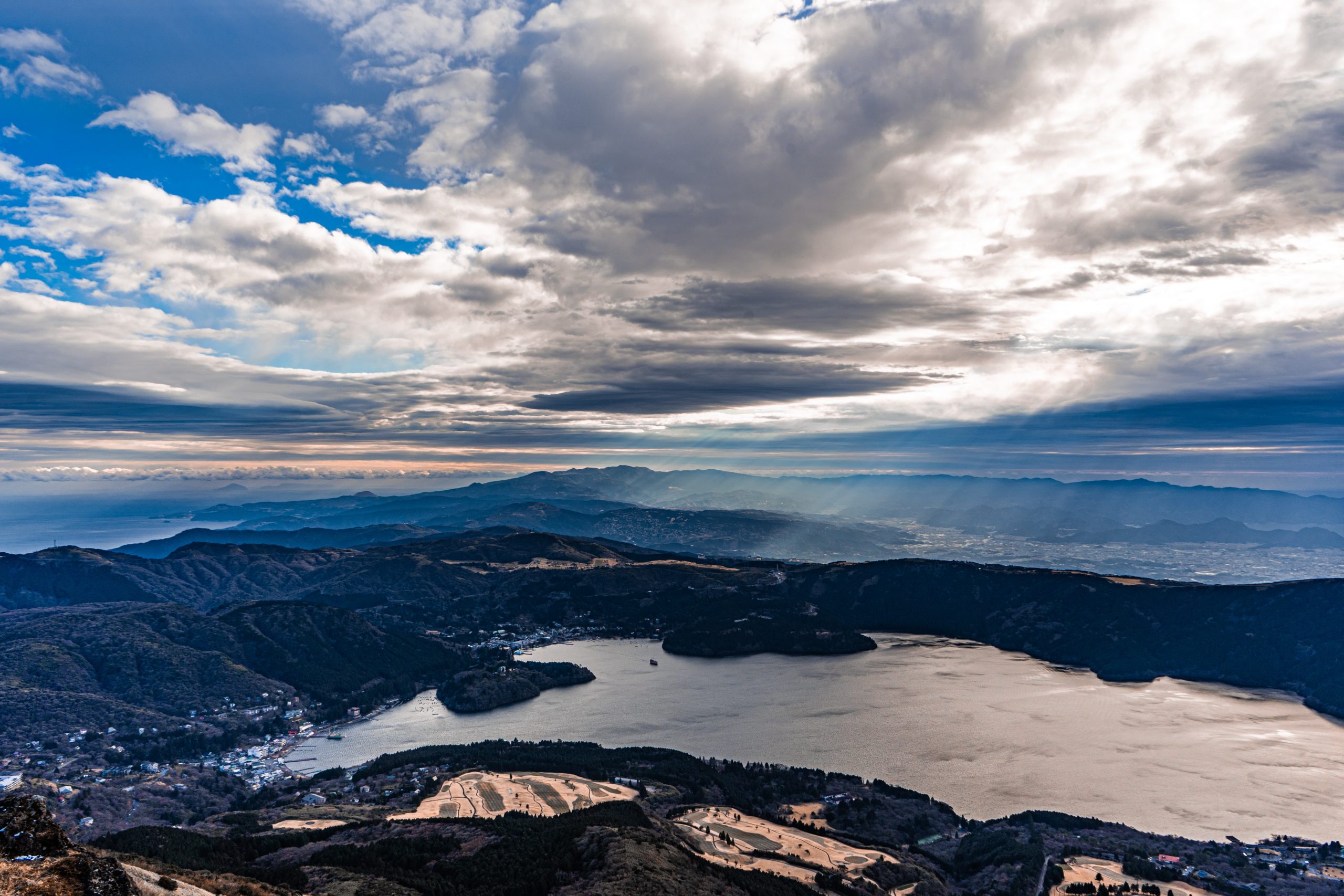
Lake Ashinoko was formed over 3,000 years ago by a volcanic eruption, and it is located right in the heart of Hakone. It’s one of the most beautiful and well known lakes in Japan that gets many visitors to Hakone every year. The reason Lake Ashi is famous because it offers some of the most extraordinary views of Mount Fuji as well as the large torii as part of the Hakone Shrine.
I recommend taking a boat ride on the lake, which offers you a different perspective of the town and, of course, those stunning views of Mount Fuji. The ride usually takes 25-40 minutes from Togendai-ko to Hakone-machi-ko/Moto-Hakone-ko. The ship is unique too as it looks like a pirate ship. On the ship you will find 3D art and pirate references too. Remember that your cruise is included in the Hakone Freepass.
As inviting as Lake Ashi is, unfortunately you cannot swim in Lake Aishi. The lake’s depth, cold temperatures, and unpredictable weather conditions can pose risks to swimmers. Lake Ashi is also a source of drinking water for the surrounding communities, so in order to maintain its cleanliness and minimize the risk of contamination, swimming, and other recreational activities that may affect water quality are prohibited.
It is also possible to walk around Lake Ashi. The lake is surrounded by a scenic walking trail that offers beautiful views of the surrounding mountains and the iconic Hakone Shrine. The walking trail is approximately 16 kilometres in length and takes around 3 to 4 hours to complete.
Take the Hakone Ropeway
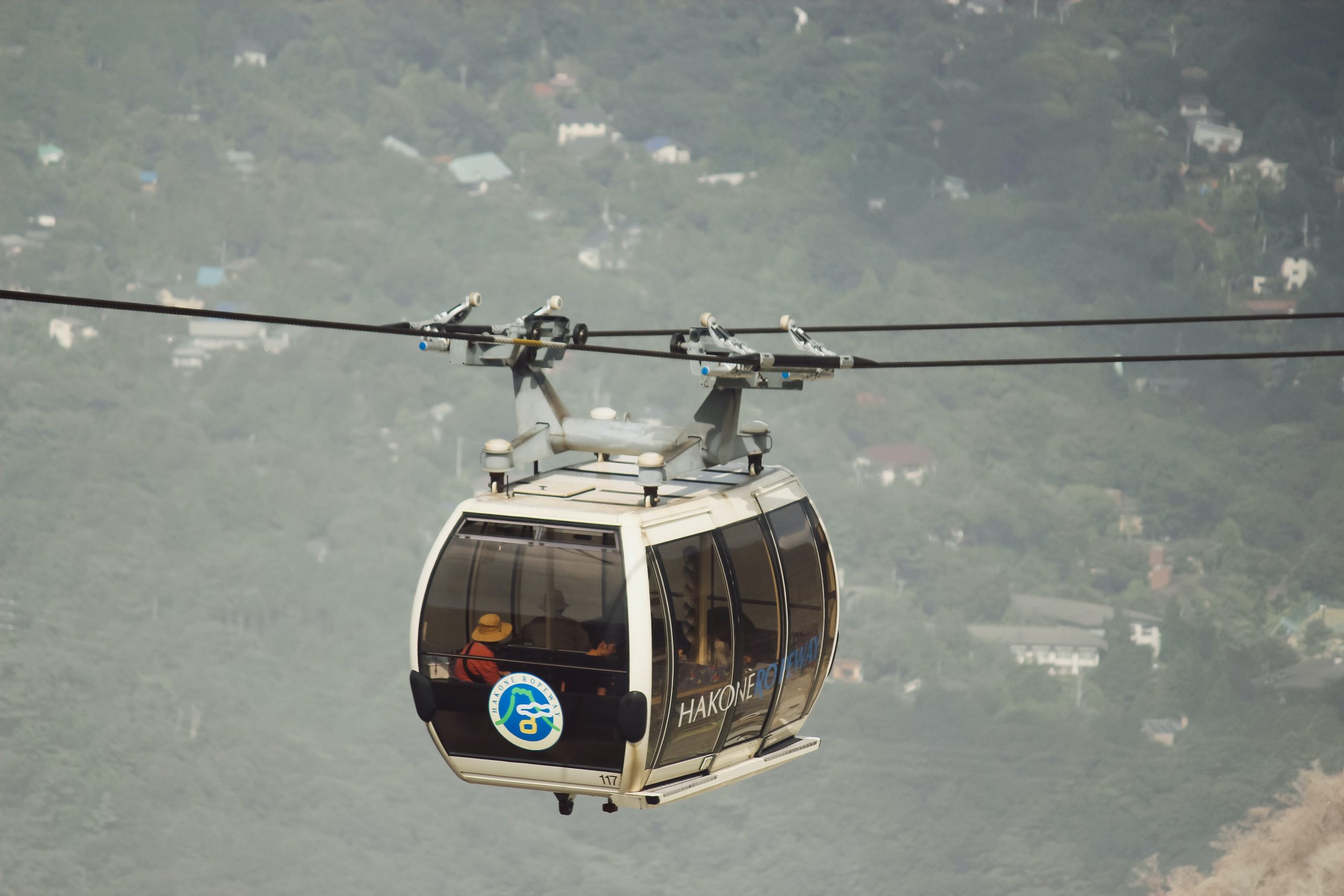
The Hakone Ropeway, also known as the gondola, is a lift system in Hakone which provides you with an unforgettable and thrilling experience as well as impressive views of the region.
The Hakone Ropeway takes 24-minute to journey 4 kilometres, connecting Sōunzan and Tōgendai via Ōwakudani. Cars leave every few minutes, you won’t have to wait very long to get on the gondola – that’s Japanese efficiency in a nutshell!
The Hakone Ropeway is one of the key attractions in the region because it offers breathtaking panoramic views of the surrounding landscapes, including Lake Ashinoko, the lush forests of Hakone, and the iconic Mount Fuji on clear days.
With the Hakone Ropeway, you get convenient access to the Owakudani volcanic valley, which is renowned for its active sulphur vents and hot springs.
Some people might be afraid of heights, but I’m here to reassure you that the gondolas are spacious and well-maintained, ensuring a pleasant journey for all passengers.
- ⏰ Duration: 24 minutes journey that covers 4 kilometres.
- ⏱ Hours: 9:00 to 17:00 (until 16:15 in December and January)
- 💴 Admission: 1500 yen one way or 2500 yen round trip. Free with the Hakone Free Pass
Explore Owakudani Valley
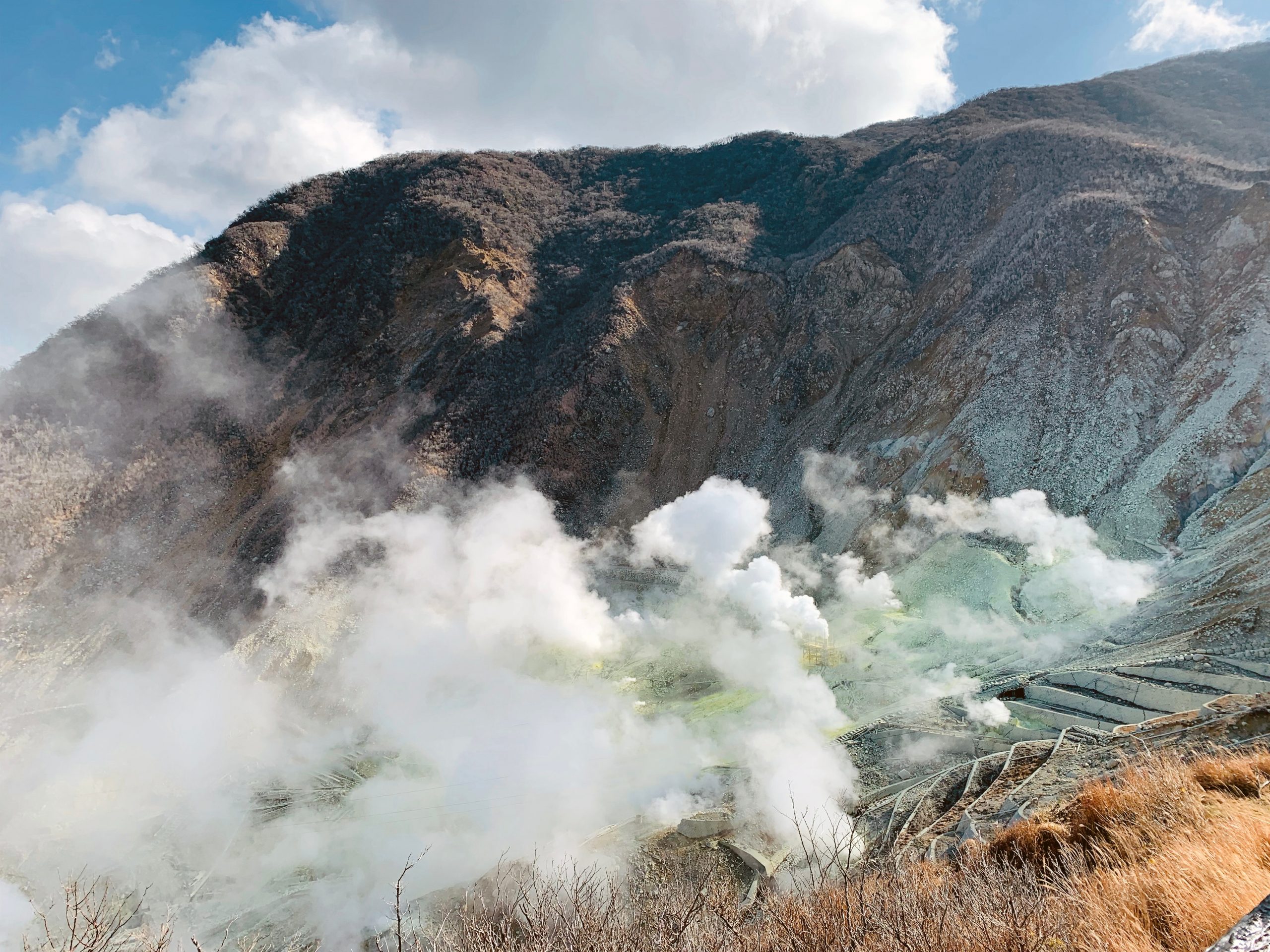
Owakudani Valley (which translates to Great Boiling Valley) is a volcanic valley with active sulphur vents and hot springs in Hakone. As a testament to Japan’s volcanic activity, this 3,000-year-old valley offers a unique opportunity to witness the forces that have shaped the country’s landscape. Formed by the explosion of the Hakone volcano, the valley is now home to active sulphur vents and an abundance of hot springs.
Owakudani Valley is located in the Fuji-Hakone-Izu National Park, and you can expect some stunning views, particularly of Mount Fuji on clear days. There is a 30-minute walking trail around Owakudani and you can walk up to the vent to see the sulphur up close, but please be aware that the area can be closed off if volcanic activity increases. To access the walking trail, you need to reserve it in advance on the Hakone official website and it costs 500 yen.
The most popular activity in the Owakudani Valley is eating the local black eggs called Kuro Tamago, boiled in the hot sulphur springs. The black eggs in Japan have their shells turn black due to a chemical reaction with the sulphur, but the inside remains tasty. Local legend says that eating one of these eggs can add seven years to your life. To really enjoy the eggs, have them with a bit of salt. Everyone enjoys them as a snack.
- 🚄 How to get there: Take the Hakone Ropeway and get off at Owakudani Valley.
- 💴 Admission: Free.
Explore Museums in Hakone
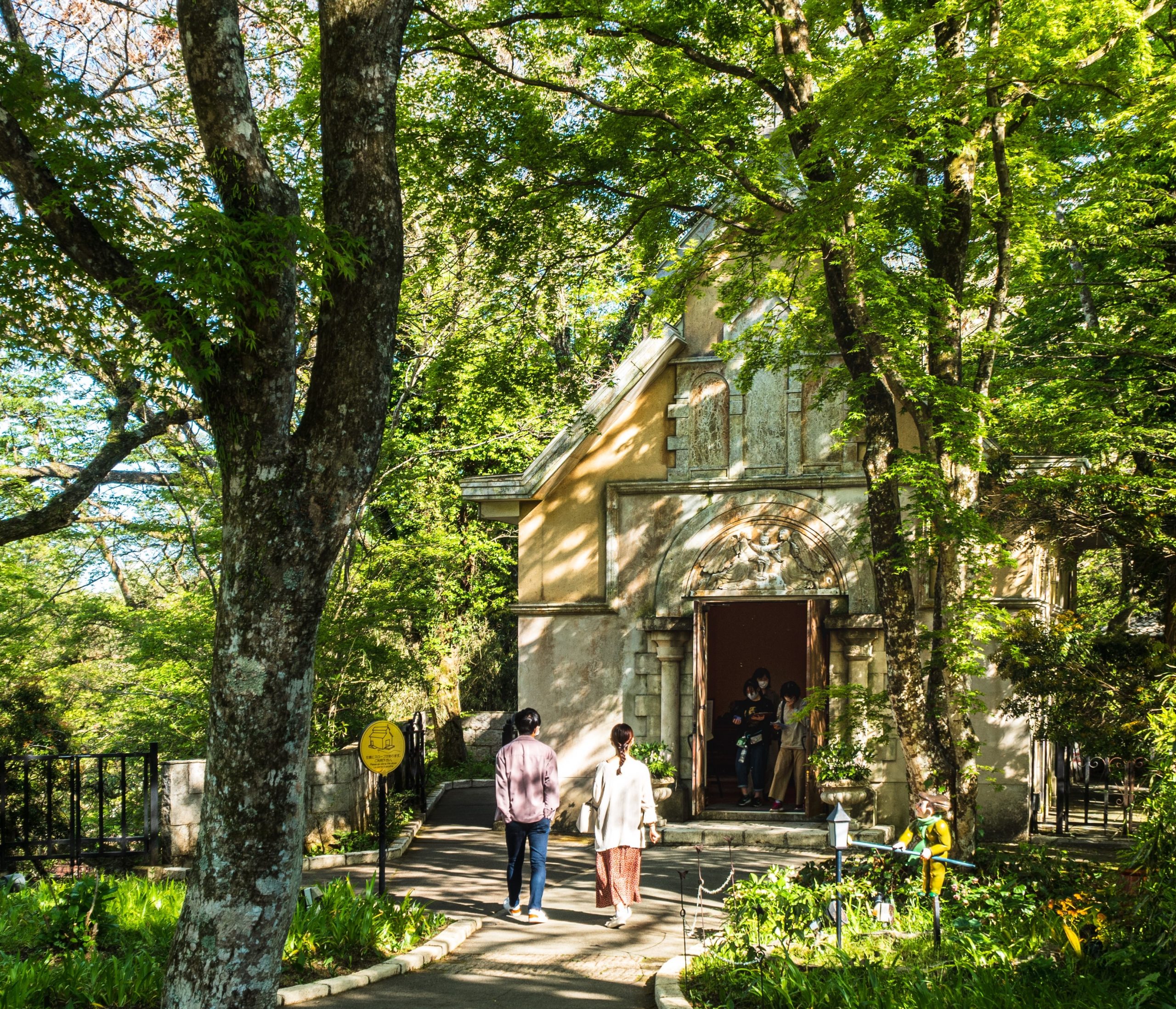
Hakone is not only known for its stunning landscapes and hot springs but also for its rich collection of museums. For culture and art lovers, the Hakone museums are a must-visit. I was very impressed with the number of art museums I’ve found here and as an art lover myself, I can tell you to allocate a whole day for museums alone!
The Pola Museum of Art
The Pola Museum of Art was opened in 2002 by the Pola cosmetics group, a beauty, and cosmetics corporation in Japan. The museum is named after the founder of the Pola Orbis Group, Tsuneshi Suzuki, and houses his vast private collection of art.
The Pola Museum of Art houses an impressive collection of over 9,500 works of art. You’ll see both Western and Japanese art, including paintings, sculptures, ceramics, and glasswork. There are works from prominent Impressionist and post-Impressionist artists such as Monet, Renoir, and Picasso, as well as modern Japanese Western-style paintings. I also think that the museum itself is a work of art with its clever use of glass and steel and how half of it is buried underground to minimize the impact on the forest landscape.
- 🚄 How to get there: Take a Hakone Tozan bus bound for Shissei Kaen from Gora Station
- ⏱ Hours: 9:00 to 17:00
- 💴 Admission: 1800 yen (Buy your ticket online)
Okada Museum of Art
Okada Museum of Art only opened in 2013, making it relatively new compared to many other Japanese museums, yet it has rapidly earned a reputation for its expansive and impressive collection of East Asian art. The museum houses a vast collection of more than 4,500 items, with art from Japan, China, and Korea. These include paintings, ceramics, bronzes, and lacquerware, dating from ancient times to the modern era. The museum is especially known for its excellent selection of large-scale Japanese and Chinese paintings.
The museum has a wonderful garden and the Kaikatei udon restaurant located in an early mid-century renovated Japanese house. Eat lunch here overlooking the carp pond, green trees and soothing waterfall.
After exploring the vast collections and expansive gardens, make your way to the Foot bath café, which is located right in front of the Wind/Time mural. Grab a drink and relax your feet in the 100% natural hot spring water.
- 🚄 How to get there: Take a Hakone Tozan bus bound for Shissei Kaen from Gora Station
- ⏱ Hours: 9:00 to 17:00
- 💴 Admission: 2800 yen (or 2600 yen with Hakone Free Pass)
- 💴 Garden fee: 300 yen
- ♨️ Footbath fee: 500 yen or free for museum visitors
Hakone Art Museum
The Hakone Art Museum, also known as the Hakone Museum of Art or Hakone Bijutsukan, was established in 1952, making it one of the oldest museums in Hakone. The Hakone Art Museum specializes in ceramics and pottery from the Kofun period to the Edo period. You will see Sue ware and Jomon ware and learn about Japan’s ancient and medieval periods through these artefacts.
By now you know that I love Japanese nature so much, so it should come as no surprise when I say that the main highlight of this museum is, in fact, its garden, especially famous for its 130 varieties of mosses and 220 maple trees. The garden was created by Okada Mokichi between 1944 and 1953.
Much like the Okada Museum of Art, the Hakone Art Museum also features a foot bath. It’s filled with hot spring water from the local Owakudani Valley, and you can soak your feet while taking in views of the surrounding mountains.
I recommend making your way to the teahouse called Shinwatei, to enjoy traditional Japanese tea and sweets.
- 🚄 How to get there: The museum is just a 10 minute walk from the Gora station.
- ⏱ Hours: 9:30 – 16:30 (until 16:00 December to March)
- 💴 Admission: 900 yen (Buy your ticket online) or 700 yen with the Hakone Free Pass
Hakone Venetian Glass Museum
The Hakone Venetian Glass Museum, also called Hakone Garasu no Mori or Hakone Glass Forest, is a museum that specialises in Venetian glassware, showcasing a beautiful array of glass objects from different periods, with an emphasis on pieces from the Venetian Renaissance.
You will find an impressive collection of Venetian glass, ranging from the 15th to the 19th century, which includes glassware, vases, chandeliers, and sculptures, each piece showcasing the exquisite craftsmanship and beauty of Venetian glass. The museum also displays some contemporary glass art, for more modern interpretations.
Don’t miss the garden which features some glass installations including, my favourite, the soft glass forest and a glass fountain. If you love hands-on activities, this is the museum for you, as you can experiment with glassmaking. Try sandblasting, where you carve your favourite pattern on the glass. Alternatively, the museum runs limited workshops like decorating Venetian masks.
- 🚄 How to get there: Take the Hakone Tozan bus from Hakone-Yumoto Station to Hyoseki/Hakone Glass no Mori-mae bus stop (20 minutes, covered by the Hakone Free Pass).
- ⏱ Hours: 10:00 to 17:30
- 💴 Admission: 1800 yen (Buy your ticket online) or 1700 yen with the Hakone Free Pass
Narukawa Art Museum
The Narukawa Art Museum is a private museum that specializes in contemporary Japanese-style paintings known as Nihonga. The museum was opened in 1988 by Narukawa Mikihiro, an art dealer and collector, to showcase his personal collection of Nihonga paintings. The museum now houses over 4000 words of art.
One of the most impressive attractions at this museum is the Panorama Lounge on the ground floor. You will find a 50-metre wide window with impressive views of Mount Fuji, Lake Ashi and the Hakone Shrine. The museum’s café also comes with stunning views of the surrounding areas. The menu here changes with the seasons.
- 🚄 How to get there: Make your way to the Moto-Hakone sightseeing boat pier. The museum is just across the boat pier.
- ⏱ Hours: 10:00 to 17:30
- 💴 Admission: 1400 yen (Buy your ticket online)
Dicover Onshi Hakone Park
Onshi-Hakone-Koen Park is a scenic park immensely popular for its natural beauty and historical significance. Onshi Park was once chosen by the Imperial Household Ministry as a location for a holiday palace. In 1884, 163,000 square meters of land were bought, and the palace was constructed on July 19, 1886. However, the structures faced damage due to the Kanto Earthquake in 1923 and once more in the Northern Ito Earthquake of 1930. Though there were plans to rebuild the palace, the onset of World War 2 hindered these efforts.
Post-war, on March 18, 1946, the imperial family gifted the land to Kanagawa Prefecture, and thus it opened to the public on the same year.
There are quite a few things you will want to and see here. Visit the Lakeside observatory which offers views of Lake Ashi and Mount Fuji. Don’t miss the teahouse Ryokushian, which sells traditional matcha and sweets. As you can expect, the gardens are vast and have many flowers throughout the seasons. You will see rhododendrons and azaleas, paths covered with wisteria and cherry blossoms in the Spring.
- 🚄 How to get there: Walk for 10-15 minutes from either Moto-Hakone or Hakone-machi.
- ⏱ Hours: Always open
- 💴 Admission: Free
- ✨ Guided Tours: 4th Saturday (April to November), Duration: 1 hour. April:14:30, May to November: 13:30. The tours are in Japanese only and reservation must be made in advance.
Visit the Hakone Botanical Garden of Wetlands
Hakone Botanical Garden of Wetlands was established in 1976 and home to over 1700 varieties of native and foreign wetland and alpine plants. Take a stroll in the garden, and reconnect with nature. It’s a meditative place with well-maintained paths along the marshes, bogs, and ponds.
Throughout the year, the garden’s landscape undergoes a remarkable transformation, with each season bringing its own distinct beauty. See the gorgeous colourful iris blooms in the early summer, or admire the fiery reds and golds of the autumn foliage.
This is a rather unusual garden as it’s not your usual landscaped Japanese garden. It feels a lot wilder, but it’s especially stunning in the autumn and well worth a visit then.
- 🚄 How to get there: From Hakone-Yumoto Station take the Hakone Tozan Bus along line T to Sengoku Annaijo-mae bus stop. From here, walk for 5 minutes to walk the botanical garden.
- ⏱ Hours: 9:00 to 17:00
- 💴 Admission: 700 yen (600 yen with the Hakone Free Pass)
Walk in Hakone Gora Park
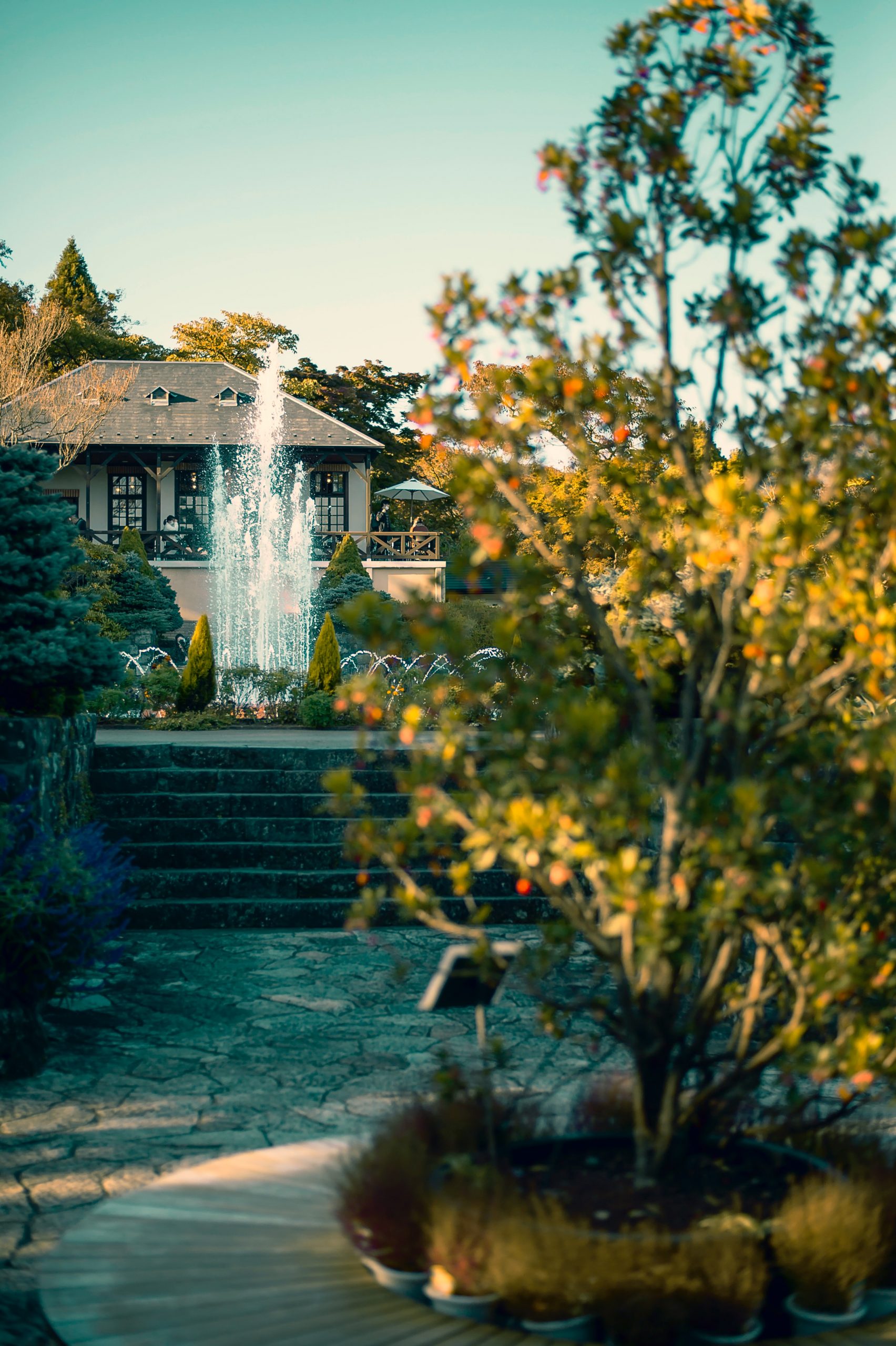
The Hakone Gora Park is a Western style landscape park on the slopes above Gora Station.
Established in 1914, Gora park is the first of its kind in Japan, featuring a beautiful rose, a tropical greenhouse and a central fountain, which is akin to many English gardens. This makes Gora Park unique and unlike the more traditional Japanese gardens in Hakone.
One of the main reasons for visiting Gora Park are the activities in which you can partake in the Hakone Craft House located onsite. Experience a traditional tea ceremony at the HAKUUN-DO tea garden or try your hand at pottery making. Don’t miss the Kiriko experience, where you select a glass and create different cut patterns on it. Alternatively, try the relaxing pottery painting experience or go for something more adventurous, and try glass blowing.
- 🚄 How to get there: Located just 5 minute walk from Gora Station.
- ⏱ Hours: 9:00 to 17:00
- 💴 Admission: 550 yen (Free with the Hakone Free Pass)
- 🍵 Matcha Tea Ceremony: 700 yen; 10:00-12:00 and 13:00-16:00
- ✂️ Craft activities: 2000 – 5000 yen; allocate 15-60 minutes per activity
Go hiking in Hakone
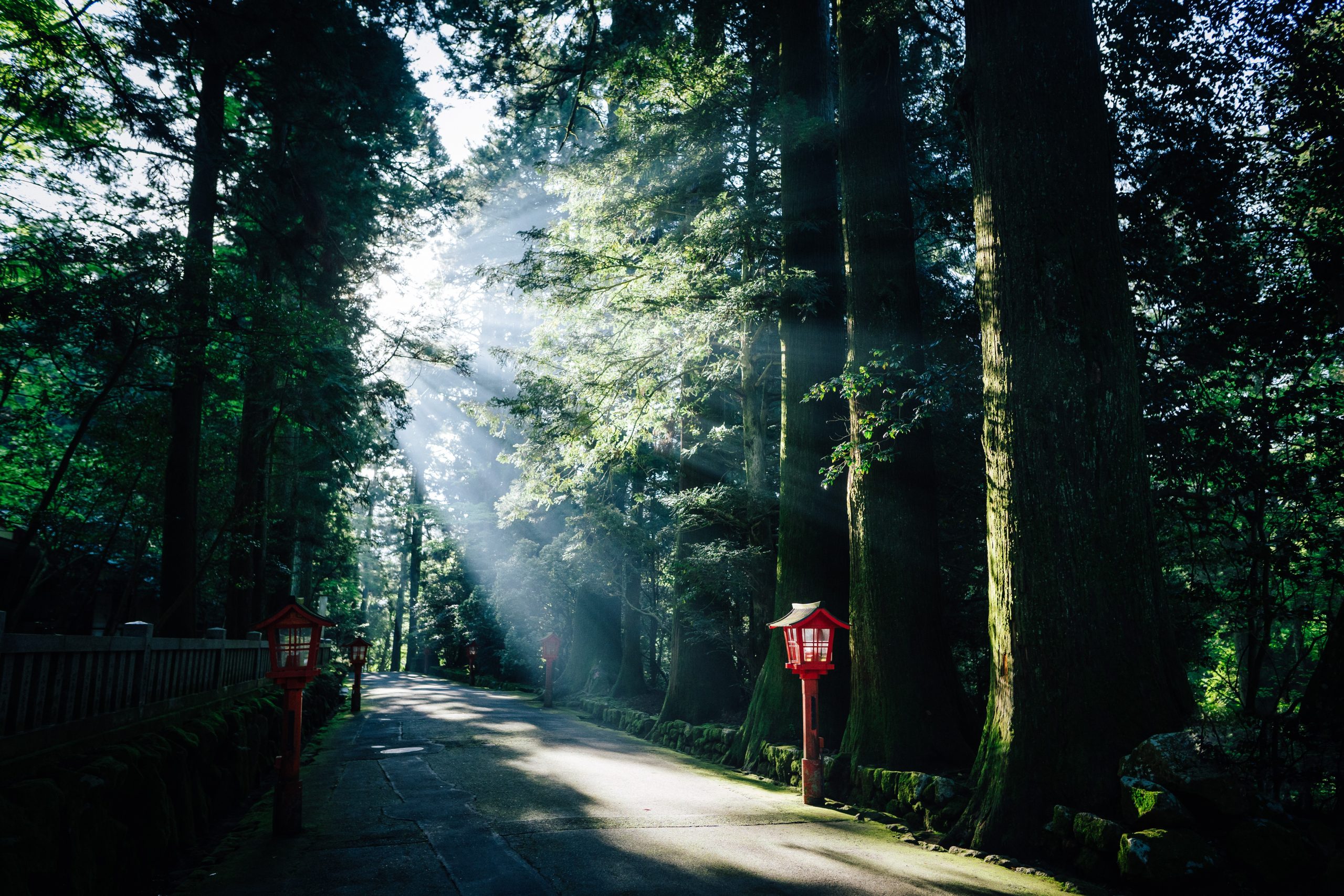
Hakone offers a variety of beautiful hiking trails, which is a great reason to visit the region, as it has so much untouched nature. In fact, Hakone is located within Fuji-Hakone-Izu National Park. You’ll find mountains, lakes, hot springs, and forests. There are trails for all hikes and fitness levels, some of which will take you through ancient cedar forests, lined with vermilion Japanese lanterns.
Hiking in Hakone is not just about the nature, but as you hike, you may come across ancient shrines, traditional tea houses, and historic sites. And while the best time to visit Japan is usually Spring or Autumn, Hakone really is a year-round destination that just looks magical and inviting any time of the year.
There are a few hiking trails I can recommend for you but please remember to check the weather and bring adequate clothing.
- Old Tokaido Trek – This historic route was once part of the ancient Tōkaidō highway that connected Tokyo and Kyoto. When you hike along this trail, you will experience a piece of Japan’s history while enjoying the beautiful scenery and peaceful surroundings. The trail stretches between Hakone-Yumoto and Moto-Hakone, passing through forests, charming teahouses, and stone-paved paths.
- Mount Kintoki Trek – For a more challenging hike, consider tackling the Mt. Kintoki trail. The mountain is steeped in Japanese folklore, and the summit offers rewarding panoramic views of the surrounding area, including Mount Fuji and the Hakone region.
- Owakudani to Lake Ashinoko Trail – This trail offers an opportunity to explore the volcanic valley of Owakudani, known for its active sulphur vents and hot springs. The trail continues from Owakudani down to Lake Ashinoko, providing breathtaking views of the lake and, on clear days, Mount Fuji.
- Hakone Komagatake Trail – This trail takes you to the summit of Mount Komagatake, one of the central peaks in the Hakone area. The hike is relatively short but steep, and the summit provides stunning views of Lake Ashinoko, Mount Fuji, and the surrounding mountains. The trail starts from Owakudani Station.
- 🎒 Want company? Take an Easygoing Nature Walk in Hakone with a guide.
- ⛩️ Alternatively, book a guide to take you around Hakone to show you secret gems.
- ✨ Not so keen on long hikes? Book a Segway tour that takes you around Lake Ashinoko with rich nature all around you.
Stay in a Ryokan in Hakone
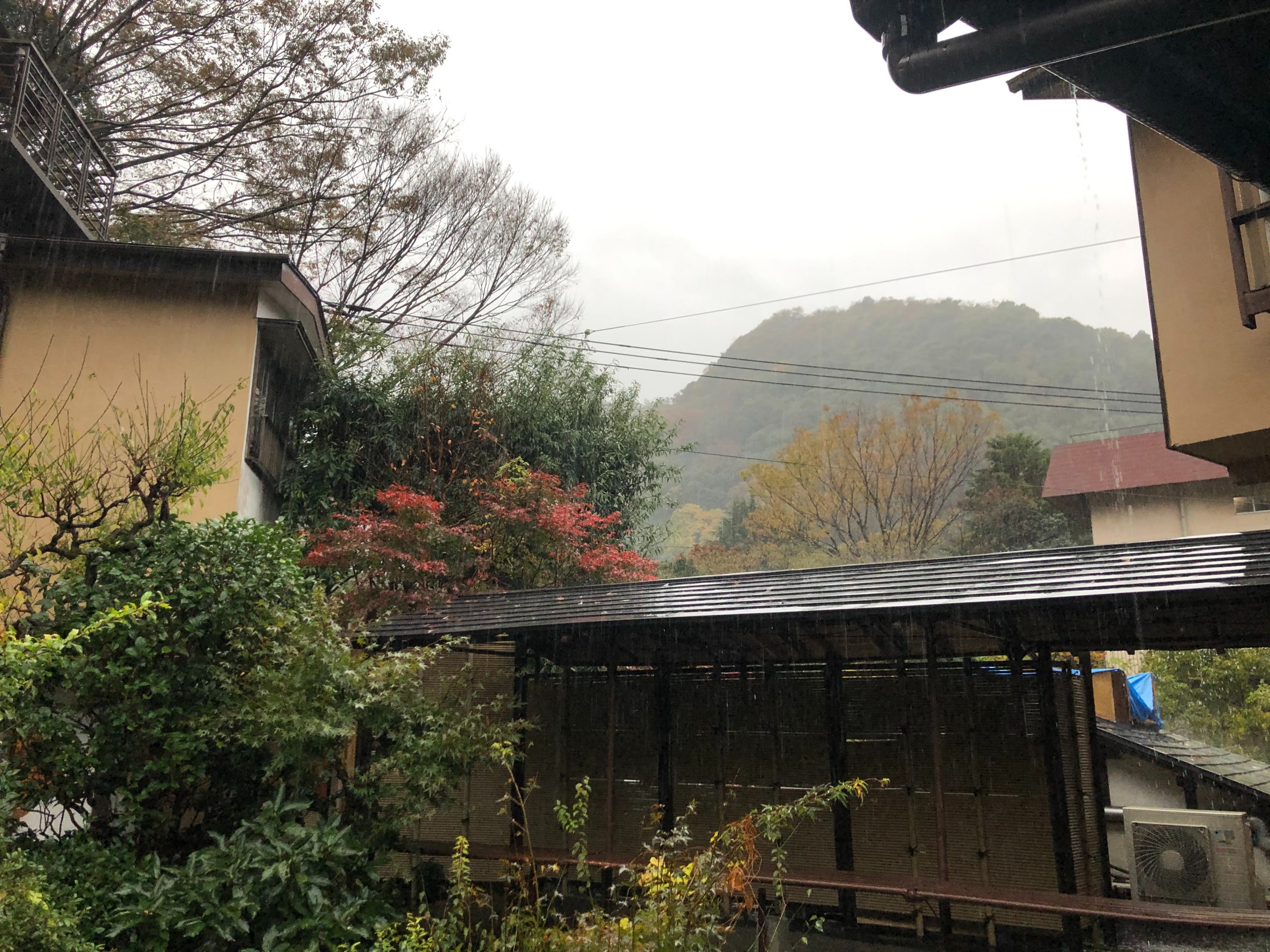
A Ryokan is a traditional Japanese inn which normally has access to onsen (hot springs). Some Ryokans in Hakone are blessed with incredible views of Mount Fuji. Imagine soaking in your private onsen while enjoying incredible views of the iconic volcano, isn’t that the dream? It’s part of our Grand Tour of Japan!
Beyond the stunning views, Ryokans offer an incredible experience and are part of the travel culture in Japan.A stay in a Ryokan is Hakone is a traditional and cultural experience.
You will normally sleep in a Japanese style tatami room, with futons. You usually get half board in the price, which means you will experience a stunning kaiseki meal in the evening, prepared with fresh, seasonal ingredients and a Japanese breakfast in the morning. And of course, you can expect top-notch Japanese hospitality.
Some rooms come with their own hot springs, making it a luxurious spa-like experience. When staying in a ryokan, always follow the etiquette by arriving on time, wearing the yukata which will be given to you on arrival, removing shoes and bathing naked in the onsen.
Incredible ryokans in Hakone I recommend:
- Laforet Club Hakone – Expect stunning natural hot spring baths, rooms with tatami area and breakfast and dinner included in the price. It’s a very popular hotel just 5 minutes from the Nakagora Cablecar Station.
- Hakone Kowakien Tenyu – Opened in April 2017, Hakone Kowakien Tenyu offers Japanese-style rooms with tatami flooring, an open-air bath or ceramic open-air hot springs bath made with Shigaraki pottery. Some rooms come with breakfast included, while others offer dinner plans as well. Make sure to check the public onsen as well as it has incredible views of the mountains.
- Hakone Ashinoko Hanaori – This ryokan features Western style rooms with a terrace that has views of Lake Ashi and soothing hor springs baths and sauna. Rooms come with dinner and breakfast included and some superior rooms have private onsen that overlook Lake Ashi.
- Yoshimatsu – Yoshimatsu is a traditional Sukiya style ryokan with a beautiful outdoor onsen. My recommendation is to go for the Japanese Style corner room with outdoor hot spring.
Ride the Hakone Tozan Railway
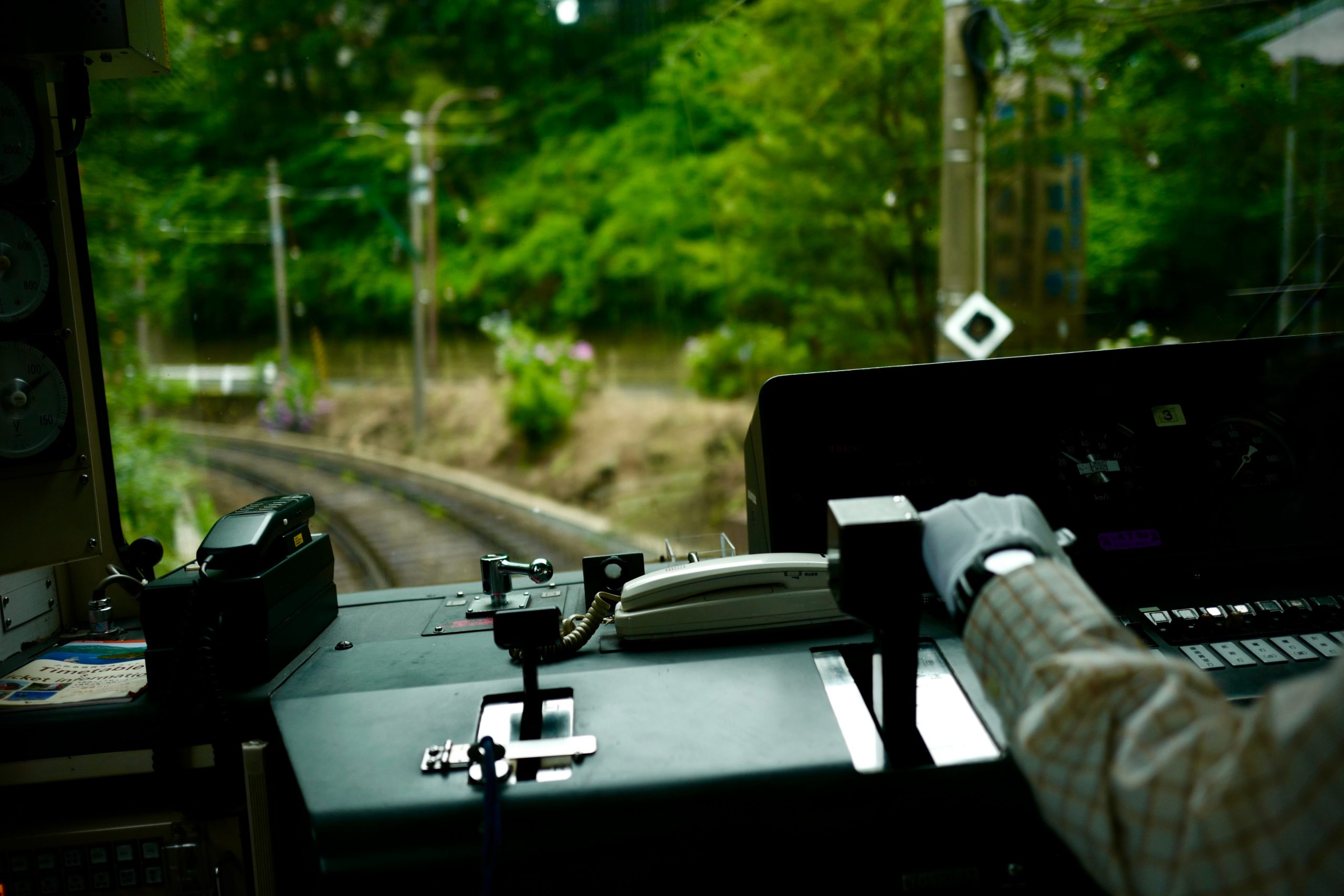
The Hakone Tozan Railway is not only a practical mode of transportation but also an unforgettable experience for visitors.
Established in 1928, Hakone Tozan Railway is a scenic mountain railway journey that takes you between Hakone-Yumoto and Gora stations.
As the train winds its way through lush valleys, alongside cascading waterfalls, and past the stunning landscape of the region, you are treated to those picture-perfect Japanese views that showcase the very best of Hakone’s natural splendour.
The railway’s distinctive switchback system is designed to navigate the steep inclines and tight turns of the mountainous terrain.
In spring, passengers on the Hakone Tozan Railway can admire the vibrant cherry blossoms lining the tracks, while in autumn, the landscape transforms into a kaleidoscope of warm, rich colours.
The best part? Rides on the Hakone Tozan Railway are included in your Hakone Free Pass.
How to get to Hakone from Tokyo
Getting to Hakone is simple and convenient. There are multiple ways you can get to Hakone from Tokyo, and I will explain each of them to ensure you know which one is best for you.
Most popular way
The most popular way to get to Hakone from Tokyo is via Odakyu Limited Express “Romancecar”. Take the Odakyu Limited Express “Romancecar” from Shinjuku Station in Tokyo all the way to Hakone-Yumoto Station. It takes less than an hour and a half and it’s essentially a reserved-seat train with just a few stops.
- ⏱ Duration: 70-75 minutes.
- 🚅 Japan Rail Pass: Does not cover this journey.
- ⛩️ Hakone Free Pass: Does not cover this journey.
- 💴 Approximate cost: 2500 yen, one way.
Most affordable way
The most affordable way to get to Hakone from Tokyo is to get the train on the Odakyu Line. Take the Odakyu Line from Shinjuku Station in Tokyo to Odawara Station. From Odawara Station, change to the Hakone Tozan Train to Hakone Yumoto Station. The journey takes 1 hour and 30 minutes.
This journey is covered entirely by your Hakone Free Pass which is way is the most convenient and affordable way to get to Hakone.
Tip: If you decide to visit Hakone via Odawara, don’t miss seeing the beautiful Odawara Castle.
- ⏱ Duration: 90 minutes.
- 🚅 Japan Rail Pass: Does not cover this journey.
- ⛩️ Hakone Free Pass: Covers the full return journey.
- 💴 Approximate cost: 910 yen, one way.
Fastest Way
The fastest way to get from Tokyo to Hakone is to take the Tokaido Shinkansen from Tokyo Station or Shinagawa Station to Odawara Station. From Odawara Station, transfer to the Hakone Tozan Line, which will take you to Hakone-Yumoto Station in about 15 minutes.
- ⏱ Duration: 55 minutes.
- 🚅 Japan Rail Pass: Covers the Shinkansen between Tokyo and Odawara Station.
- ⛩️ Hakone Free Pass: Covers the train between Odawara and Hakone – Yumoto Station.
- 💴 Approximate cost: 3800 yen, one way.
How to get to Hakone from Kyoto
The only convenient way to get from Kyoto to Hakone is by Shinkansen. From Kyoto Station, take the Tokaido Shinkansen (Hikari or Kodama trains) to Odawara Station.
The journey takes around 2 hours to 2 hours and 30 minutes, depending on the train type and it’s covered by your JR Pass. From Odawara Station, transfer to the Hakone Tozan Line to reach Hakone-Yumoto Station in approximately 15 minutes.
- ⏱ Duration: 2 hours 30 minutes.
- 🚅 Japan Rail Pass: Covers the Shinkansen between Kyoto and Odawara Station.
- ⛩️ Hakone Free Pass: Covers the train between Odawara and Hakone – Yumoto.
- 💴 Approximate cost: 12300 yen, one way.
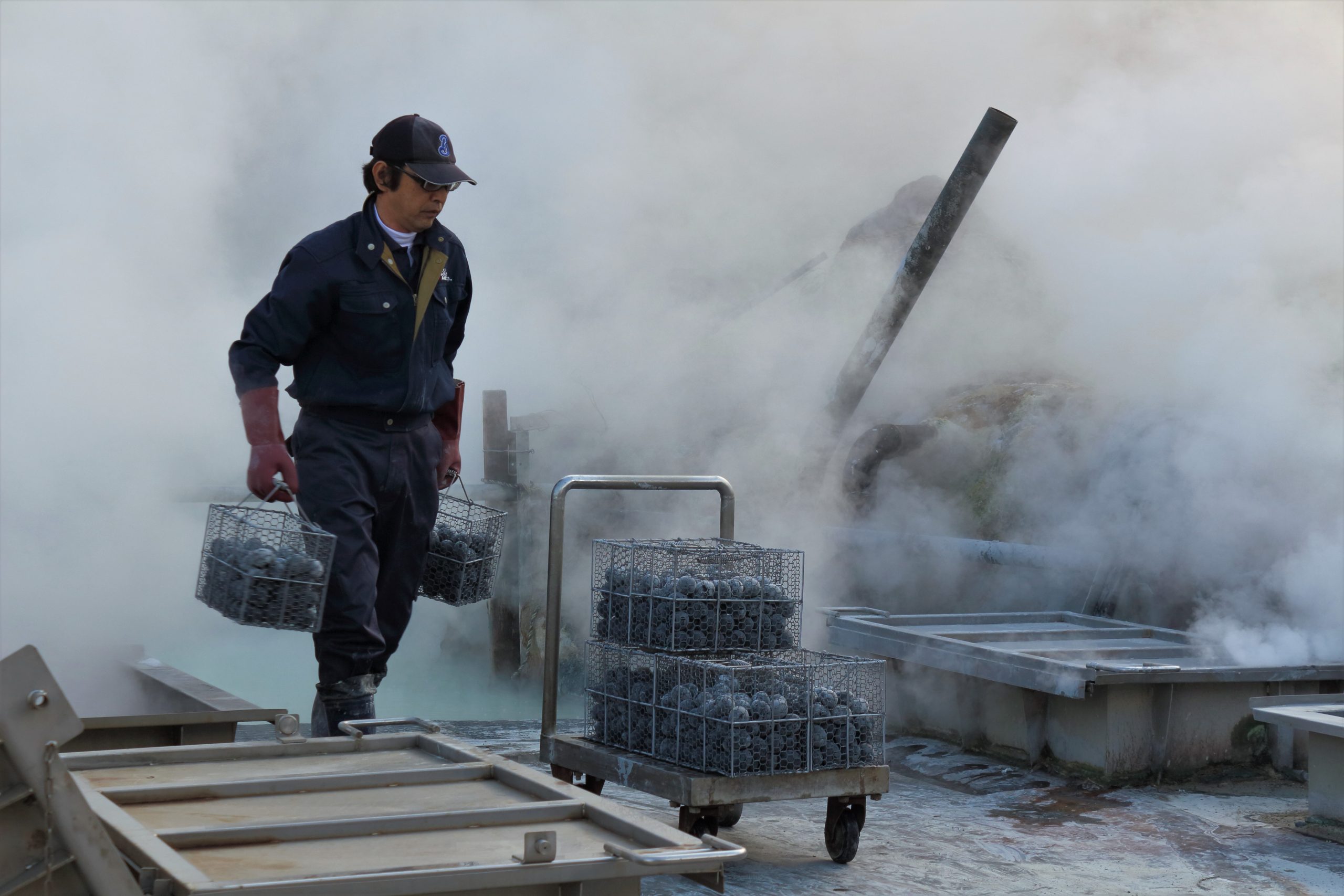
Where to stay in Hakone
To maximise your time in Hakone, I recommend staying in Gora. You are right in the heart of Hakone, have access to plenty of hot springs and excellent hotels known for their Japanese hospitality. You’re also close to public transport to access all the rest of the main attractions in Hakone.
For a complete breakdown on all the important areas in Hakone and reviews of my favourite hotels, read my where to stay in Hakone article. I talk about different areas and why they are most suitable for your type of travel style and budget. I also recommend my favourite hotels in Hakone organised by budget.
- 💎 Best luxury 5* hotel: Kinnotake Tonosawa
- 🏨 Best mid-range hotel: Hakone Villa Bizan
- 🛏 Best budget hotel: Emblem Flow Hakone
For more hotels and reviews, I recommend using booking for accommodation in Hakone.
Tips for first time visitors
- Stay connected with a pocket Wi-Fi device or prepaid SIM card. Renting or buying in advance will help you use navigation apps, translators, and do some extra research on the go. You can pick up the device at the airport, or have it delivered to your hotel reception.
- While Japan’s public system can be overwhelming, using Google maps makes it super easy to get around.
- While cards are widely accepted, many small establishments still prefer cash. Major banks in Japan now accept international cards for cash withdrawals.
- Be aware of Japanese customs and manners, such as removing your shoes before entering someone’s home, bowing as a form of greeting, and not tipping at restaurants.
- Knowing a few simple Japanese phrases can go a long way. For those serious about learning Japanese, check out Japanese with Aimee and use the code YCTRAVEL to get a 10% discount on the course.
- For those on a budget, visit Japanese convenience stores, or “konbini,” for snacks, drinks, and meals at affordable prices. You can also grab a quick drink or bite from a vending machine.
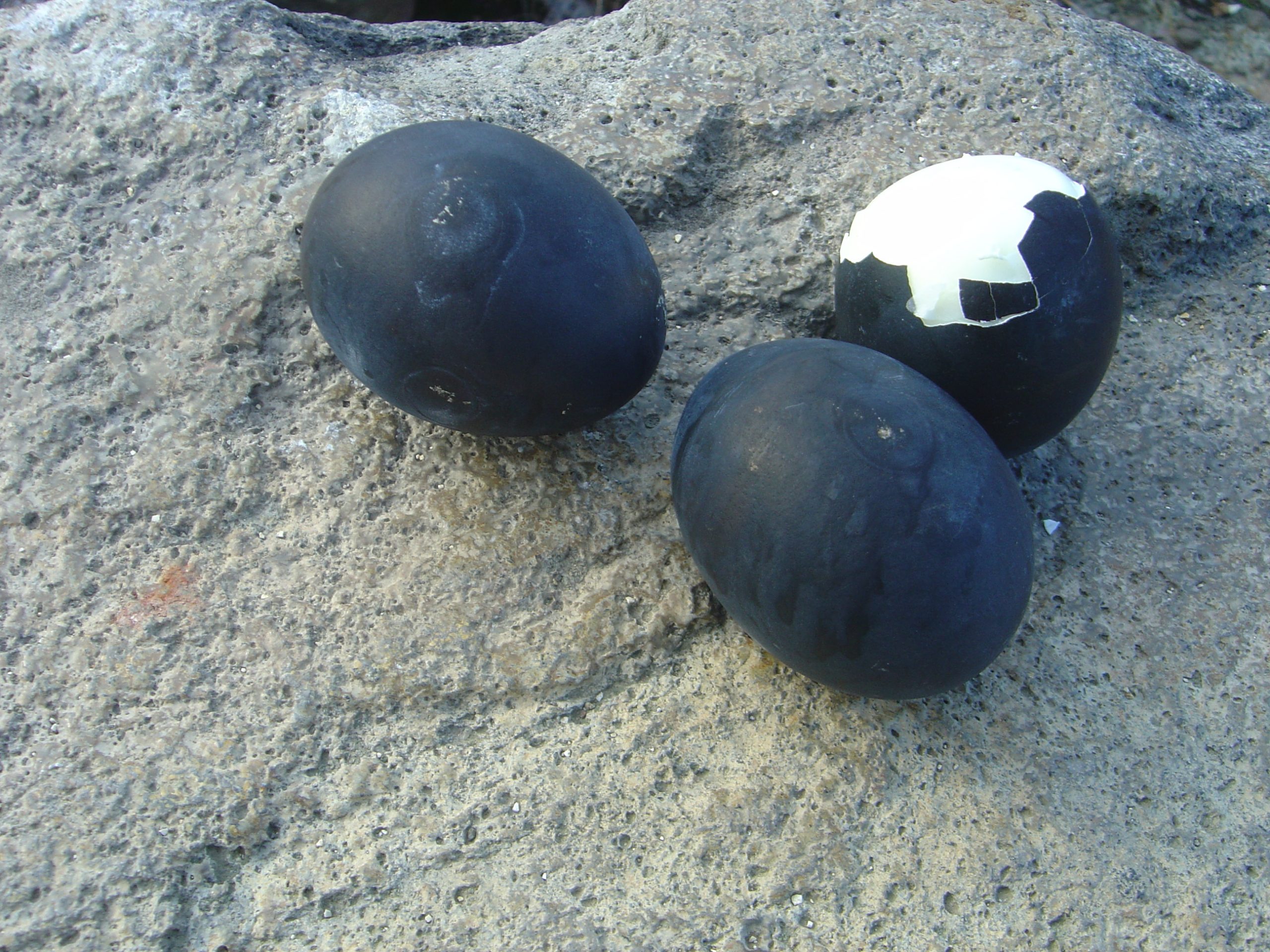
Useful resources for first timers
- When planning your first trip to Japan, make sure to check the dos and don’ts.
- Learn what to pack for Japan to ensure you have the perfect wardrobe for every season.
- When planning your first trip to Japan, consider the best time to visit Japan. Keep in mind that cherry blossom season is a lot busier and more expensive.
- Booking your activities in advance is highly recommended to avoid queuing and ensure availability, especially for popular attractions.
- If you plan to stay longer in Japan, check out our Japan itineraries with details on where to go and how to plan the perfect trip. For this, invest in a JR Pass to save money on JR trains.
- Customs and manners in Japan can be unique, so make sure to familiarize yourself with our Japanese customs and manners book. It contains fun Japanese illustrations and crucial information on how to behave in various scenarios when visiting Japan.
- Should you decide to visit other parts of Japan, make sure to check where to stay in Tokyo, where to stay in Kyoto and where to stay in Osaka. I also have tailored Tokyo itineraries and a lot more information on my complete Japan guide, which is available free of charge to all my readers.
Frequently Asked Questions
Is Hakone worth a visit?
Absolutely, Hakone is 100% worth a visit because it’s a stunning, picturesque town, located just a short distance from Tokyo, with plenty of attractions and experiences to keep you busy and excited. Here are a few reasons why Hakone is worth adding to your travel itinerary:
Hakone is famed for its breathtaking landscapes, which include majestic mountains, dense forests, and the serene Lake Ashinoko. The area also offers incredible views of Mount Fuji, Japan’s iconic peak.
Hakone is home to numerous onsens (hot springs) that allow you to relax and rejuvenate in therapeutic waters. These natural springs are a key attraction for visitors seeking a taste of traditional Japanese culture.
The town is home to historical sites like the Hakone Checkpoint and Hakone Shrine, which provide a glimpse into Japan’s past and culture.
Hakone has plenty of outdoor activities for nature enthusiasts, such as hiking trails through its lush landscapes, boat tours on Lake Ashinoko, and the Hakone Ropeway, which provides stunning aerial views of the region. There is even an open air museum for art and nature enthusiasts.
Is 1 day enough for Hakone?
While it is possible to enjoy Hakone as a day trip from Tokyo, you may find that one day is not enough to fully experience everything that Hakone has to offer. A day trip allows you to see some top attractions, but a longer stay gives you a more profound understanding of Hakone.
Staying in Hakone for at least one night, or even two, comes with several benefits. By spending more time in the area, you can experience a traditional ryokan to indulge in exceptional hospitality and embrace the local customs, including sleeping on a futon and enjoying a multi-course kaiseki dinner.
With more time to explore, you can visit a variety of onsens in Hakone, see all the museums and go on stunning hikes, take boat tours on Lake Ashinoko and riding the Hakone Ropeway for breathtaking views
By extending your stay, you also increase your chances of seeing Mount Fuji on a clear day.
What is Hakone best known for?
Hakone is best known for several attractions and experiences that make it a popular destination for tourists visiting Japan. Some of the most notable aspects of Hakone include:
Onsens – Hakone is famed for its numerous hot springs (onsens), which offer you the chance to relax and rejuvenate in natural thermal waters.
Scenic beauty – Hakone is famous for its stunning landscapes, including the majestic Mount Fuji, Lake Ashinoko, lush forests, and picturesque mountains.
Views of Mount Fuji – Hakone is an excellent location to catch a glimpse of Japan’s iconic Mount Fuji, particularly from Lake Ashinoko.
Hakone Ropeway and Hakone Tozan Railway – These popular modes of transportation provide scenic journeys through Hakone’s beautiful landscapes.
Kuro-tamago (black eggs) – These famous Hakone eggs are hard-boiled eggs cooked in the hot springs. The sulphur in the water turns the eggshells black and is believed to add years to your life when consumed.
Art and culture: Hakone has a lively art scene, with several museums and galleries showcasing Japanese and international artworks. The Hakone Open-Air Museum, Pola Museum of Art, and Hakone Venetian Glass Museum are just a few examples.
How many days in Hakone is enough?
A stay of 2 or 3 days is enough to enjoy all the highlights of Hakone and experience the traditional Japanese hospitality by staying in a ryokan, which often includes a multi-course kaiseki dinner and access to onsens. During your stay you will have enough time to visit key attractions, such as Lake Ashinoko, Owakudani Valley, and various vantage points for Mount Fuji views. It’s the ideal length of time to take some hikes and explore the flora and fauna, take the unique local transport like the Hakone Ropeway, Hakone Tozan Railway, and sightseeing boats on Lake Ashinoko. Plus, you will have enough time to visit historical sites like the Hakone Checkpoint and Hakone Shrine.
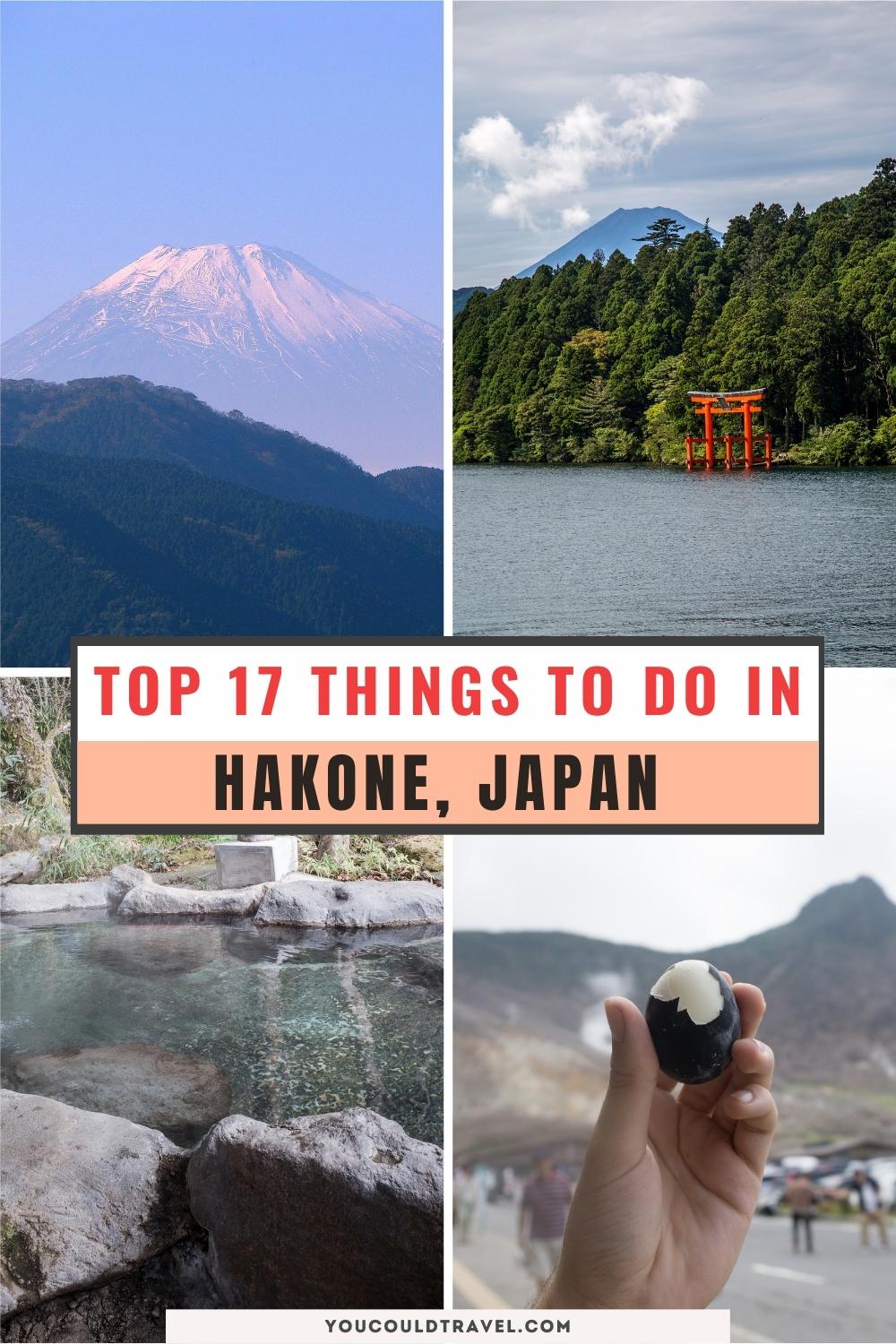
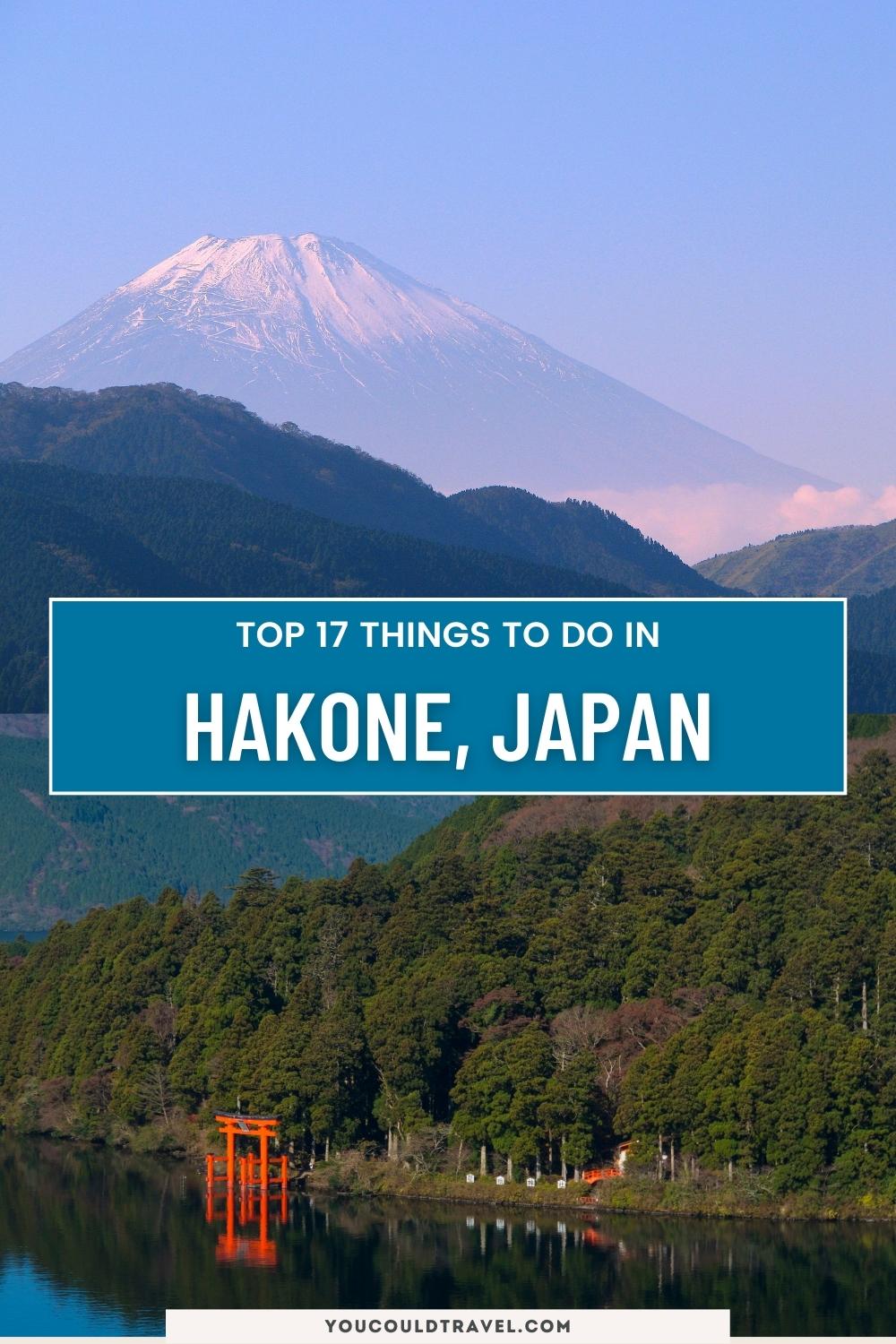

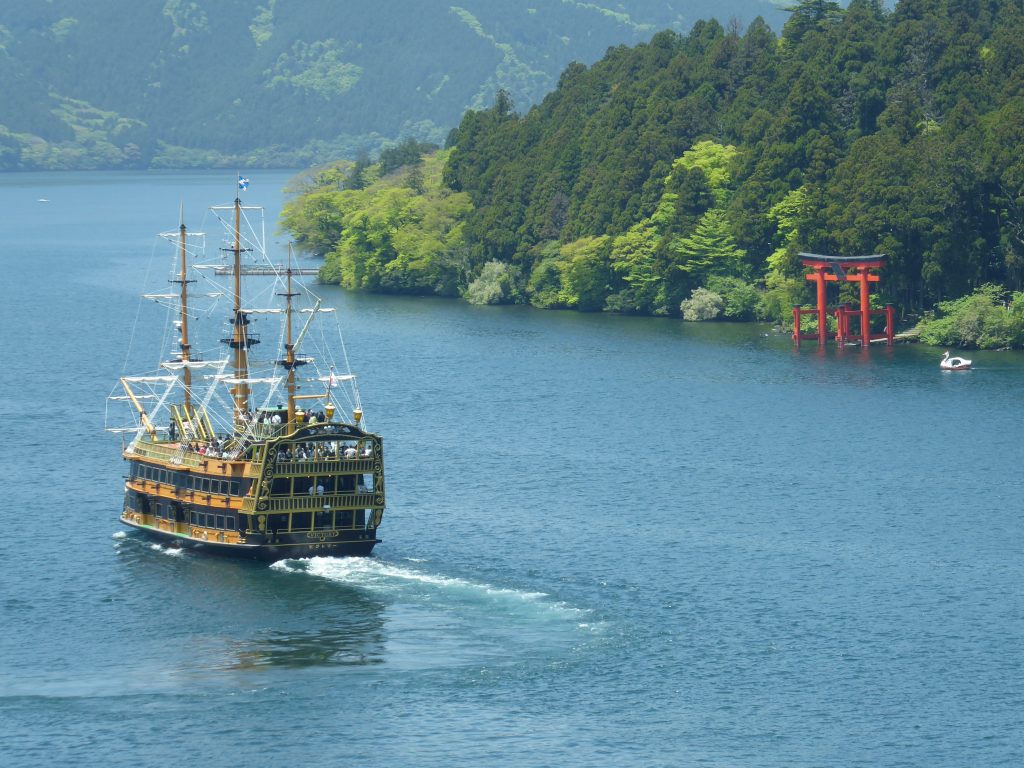
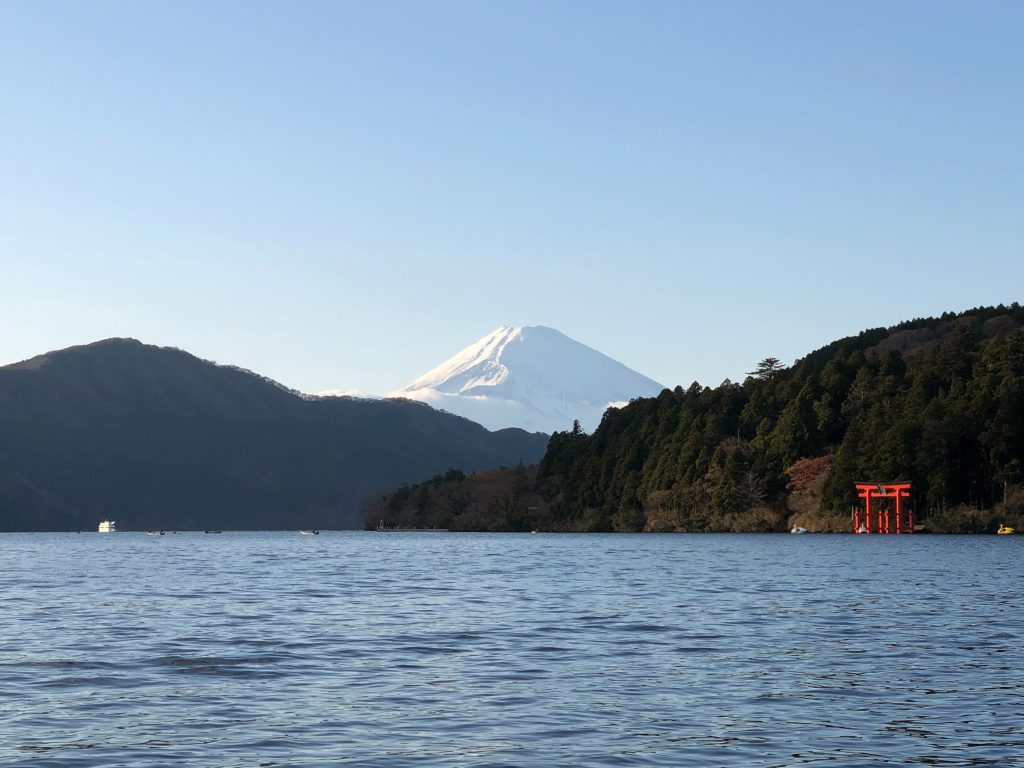
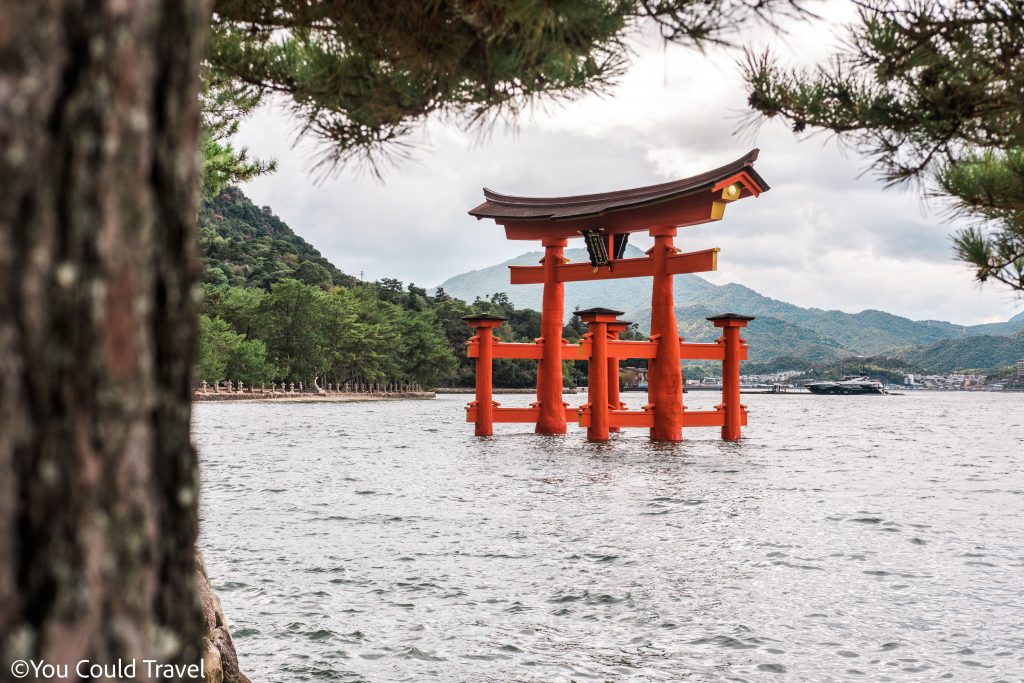
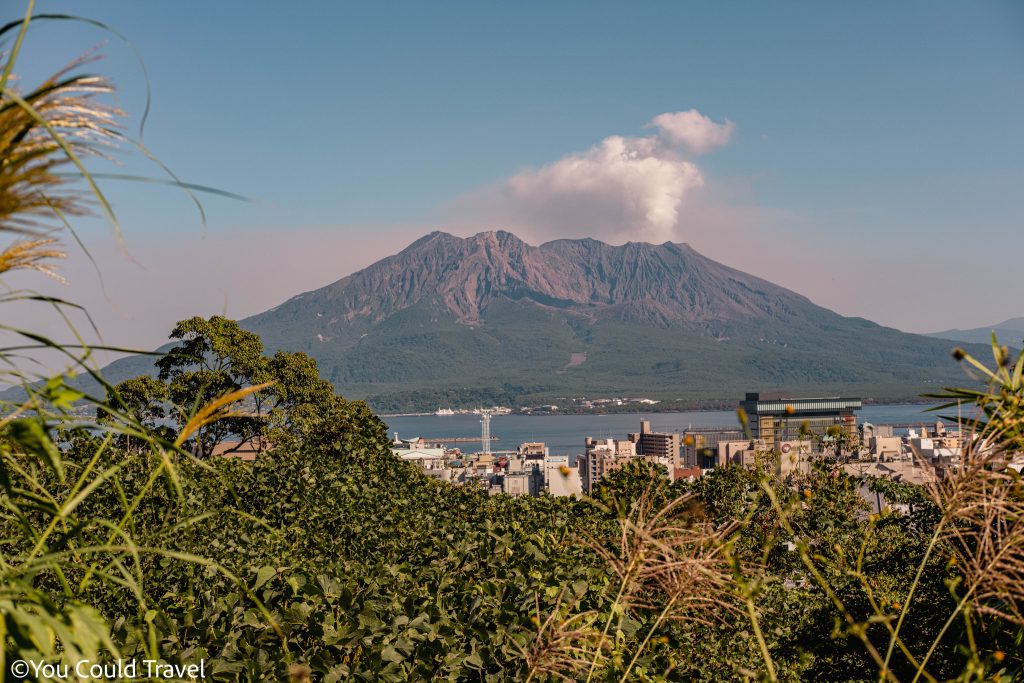
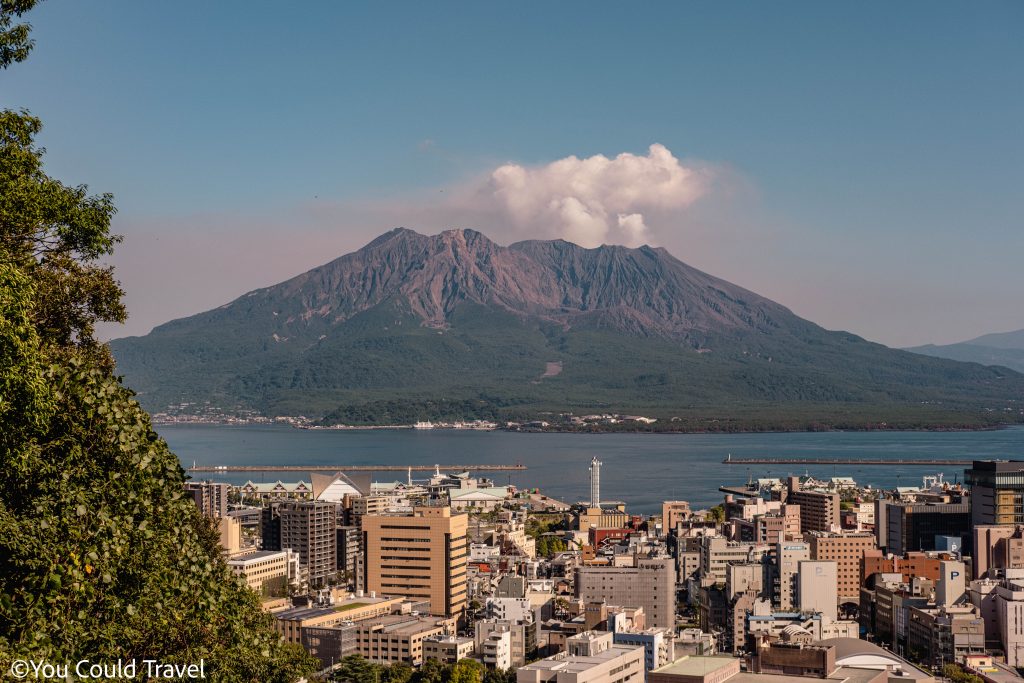
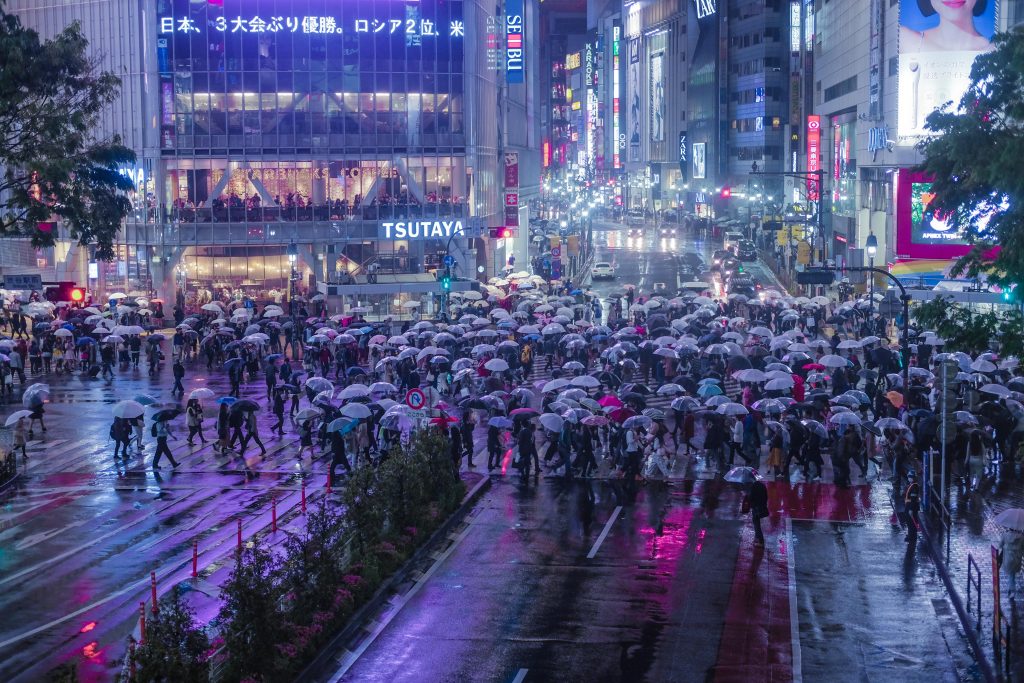
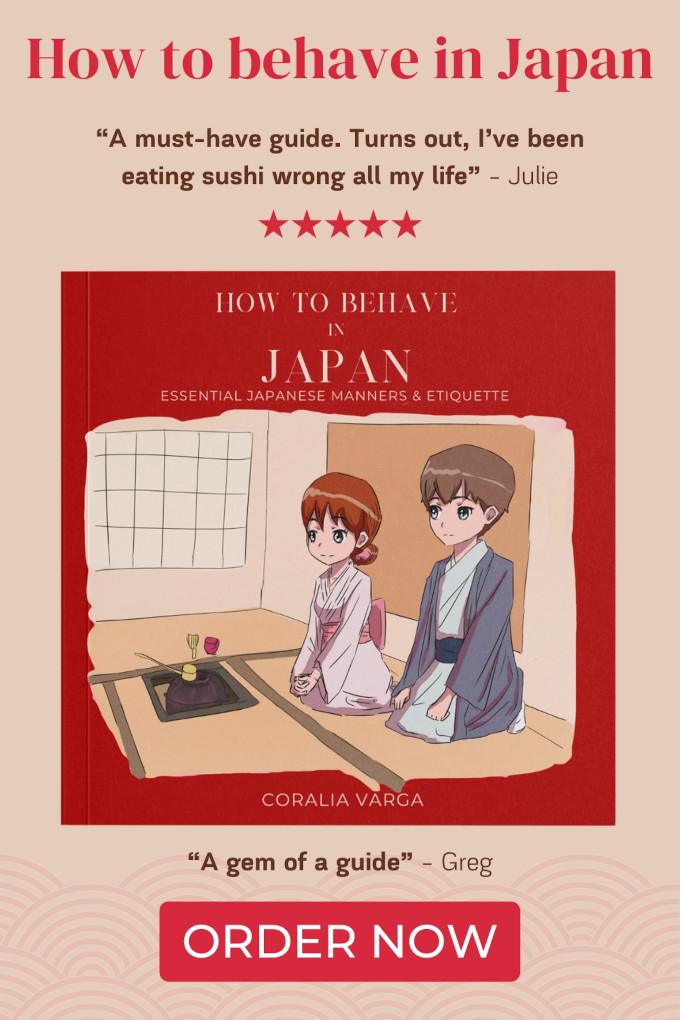

Leave a Reply